- About MTN
Would you like to stay up to date on the latest MTN world news? Products, graffiti, murals, festivals, art and much more.
Return A Bath of Art at Molitor, Paris
Pending the inauguration of the last phase of this ambitious and eclectic artistic intervention at the end of 2024, Montana Colors has partnered with Molitor by offering the materials with which the artists intervene the cabins surrounding this mythical pool. In this way, artists such as Iconosaïk, Satr, Belin, Mark Bodé, Yu Maeda, Veks van Hillik, Studio Gifting, Fansack, Kneethee or Logan Hicks, among many others, have recently joined the collection’s roster of talent featured in this unique space.
Molitor first opened its doors in 1929 and for 60 years was the most popular spa in Paris, known for its two swimming pools and its avant-garde Art Déco atmosphere. Originally, the booths that surrounded the indoor bathing site were the dressing rooms where bathers put on their swimming suits before taking a dip, the perfect spot for the change of look before diving into those giant pools, a unique space that saw the birth of the bikini back in 1946.
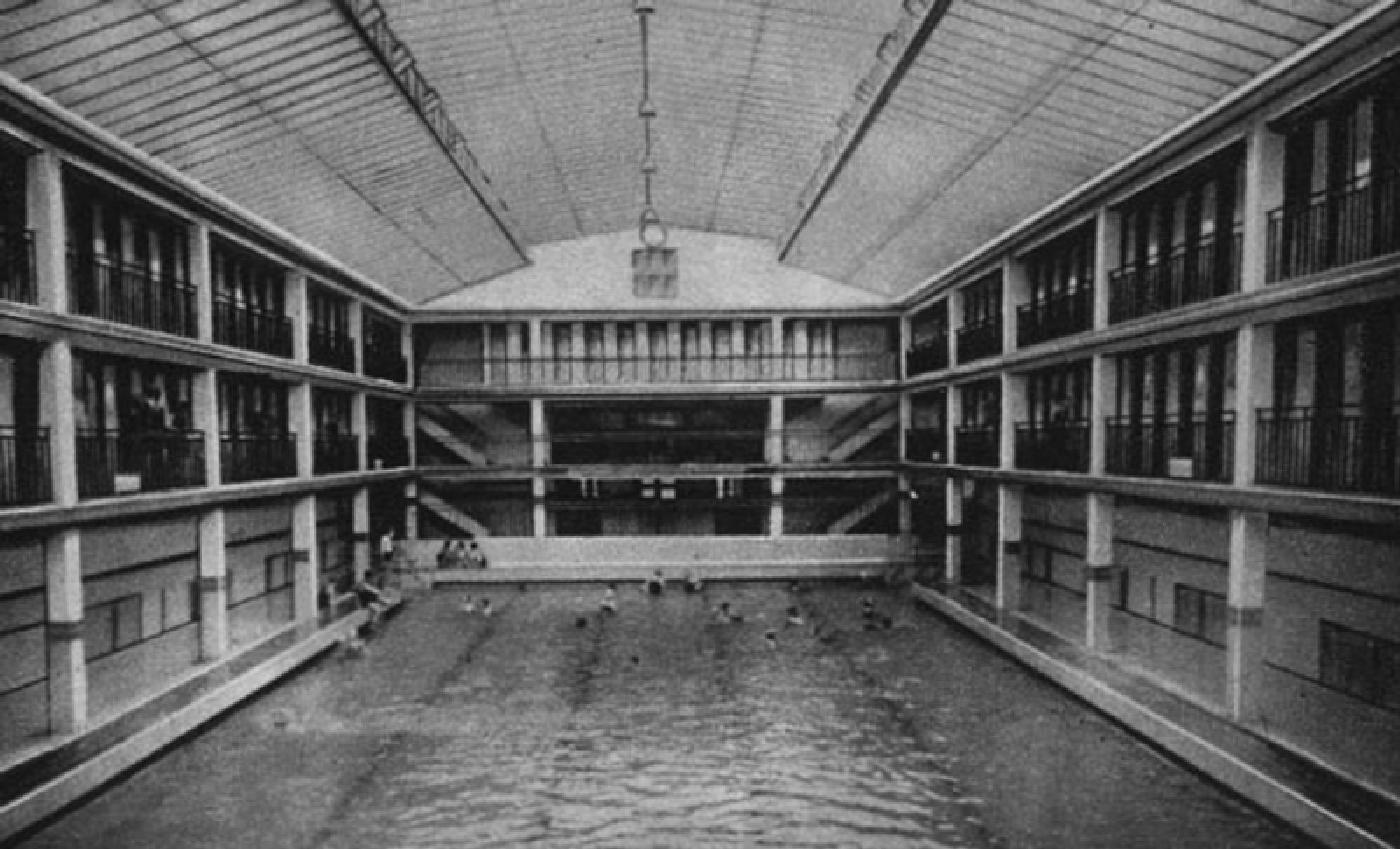
In 1989, the city of Paris decided to close this piece of sports history associated with social life, declaring it a protected historic building. What happened next?! It became a famous spot amongst writers and street artists. Let's imagine: empty pools of 46 and 33 meters long and a lot of corners to make magic with sprays.
For almost two decades, Molitor was like an open-air studio for graffiti lovers, occupied by artists who transformed the space into an immense art center, which gradually became the mecca of the Parisian underground street scene and graffiti art.
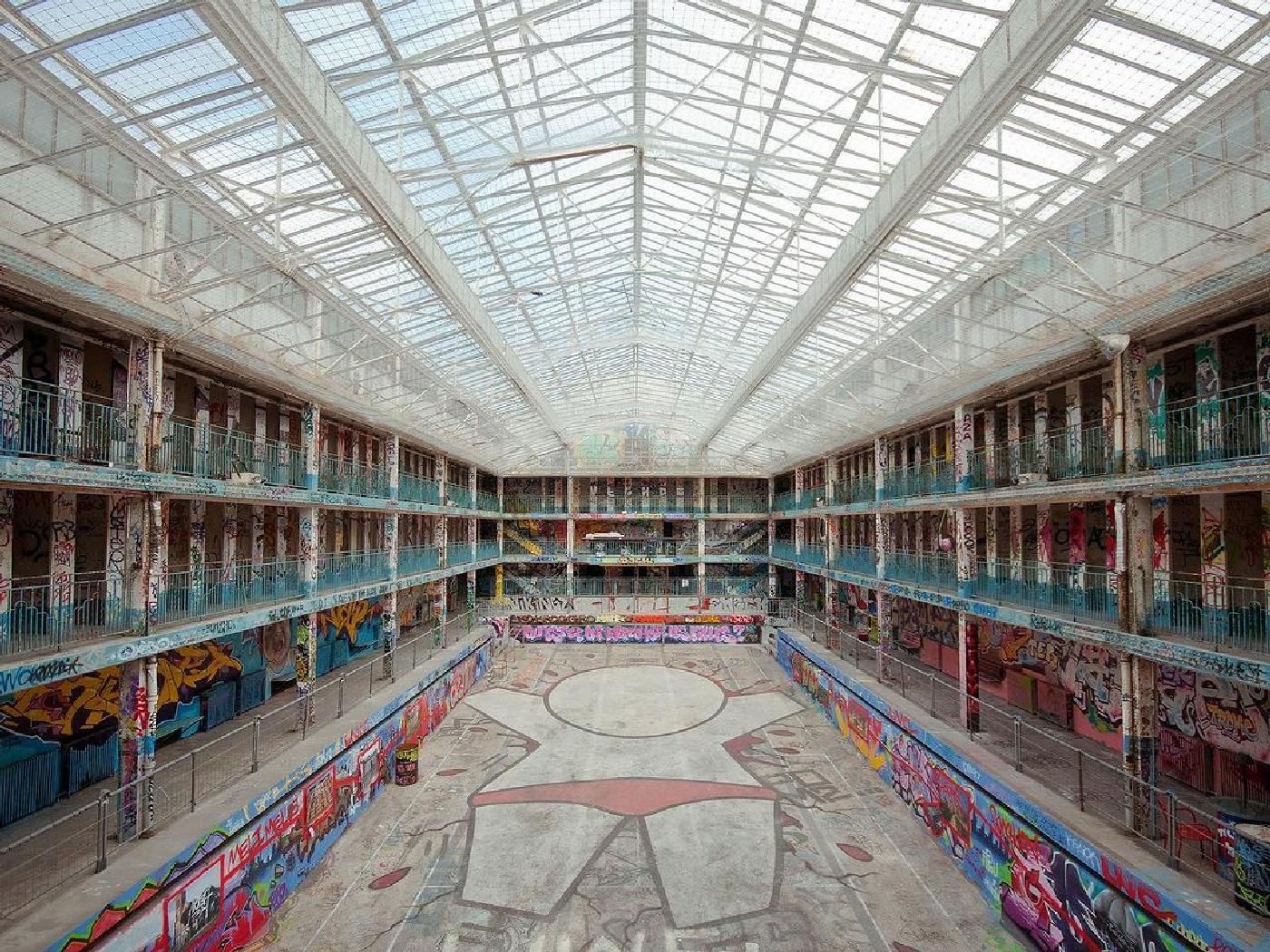
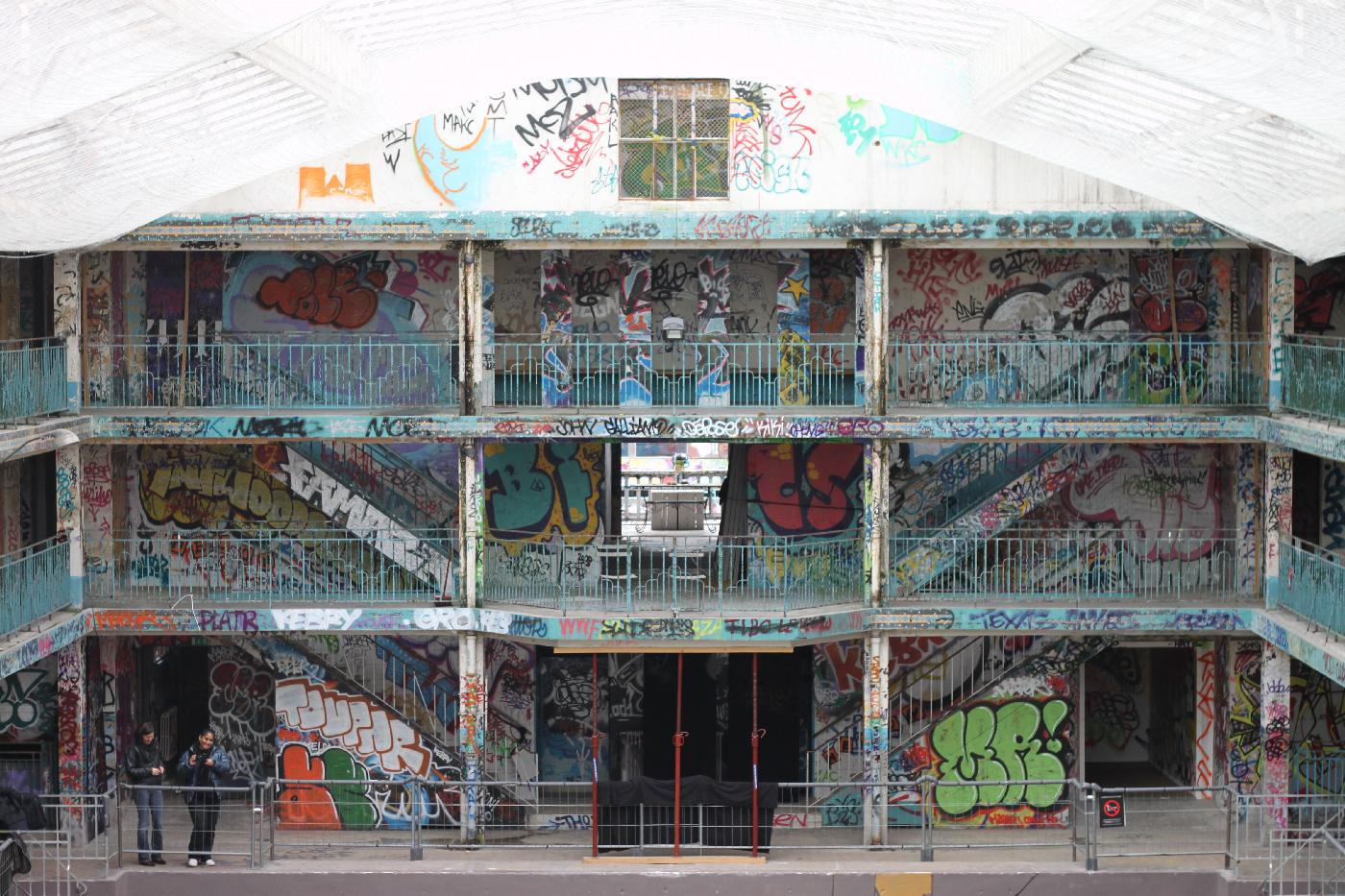
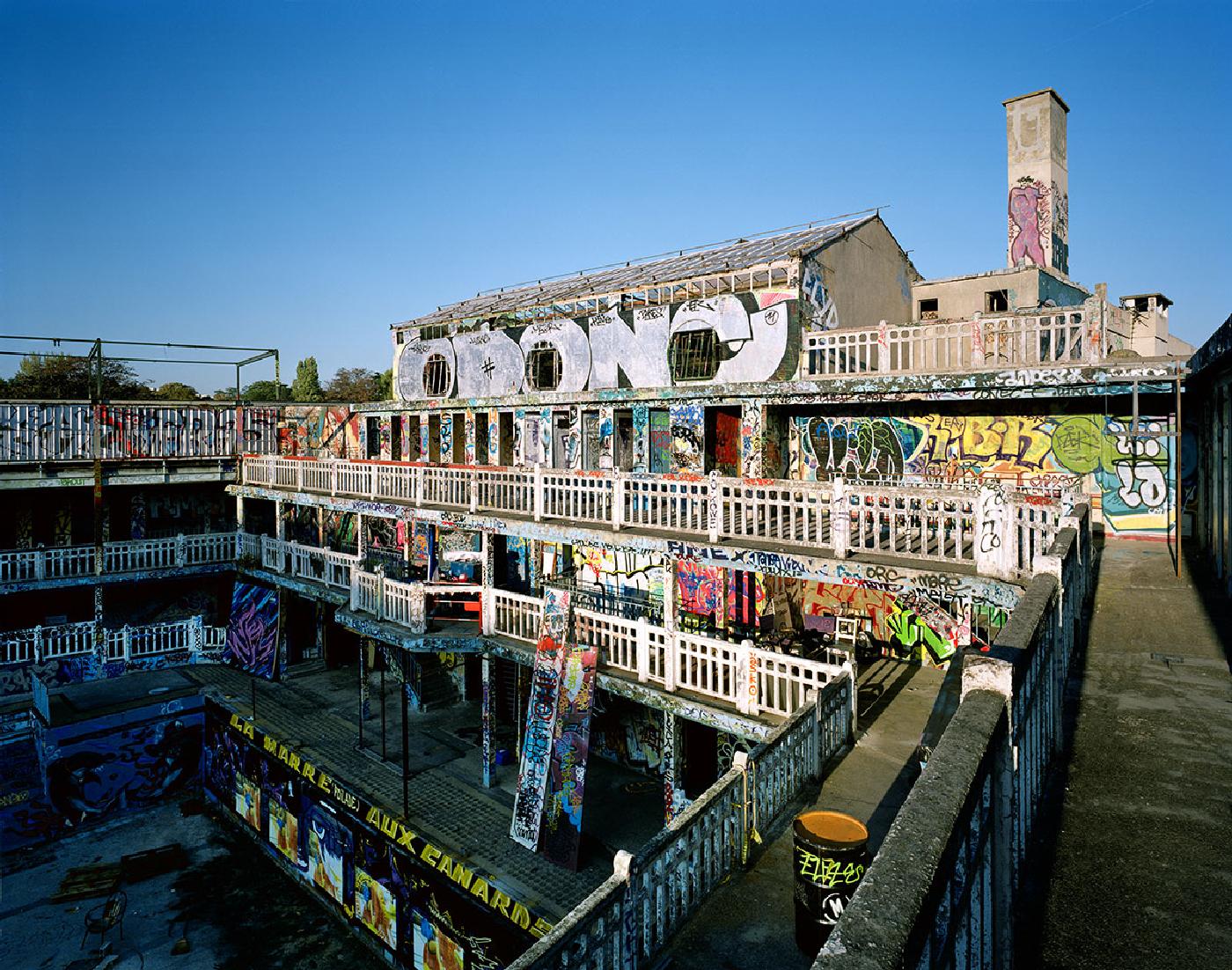
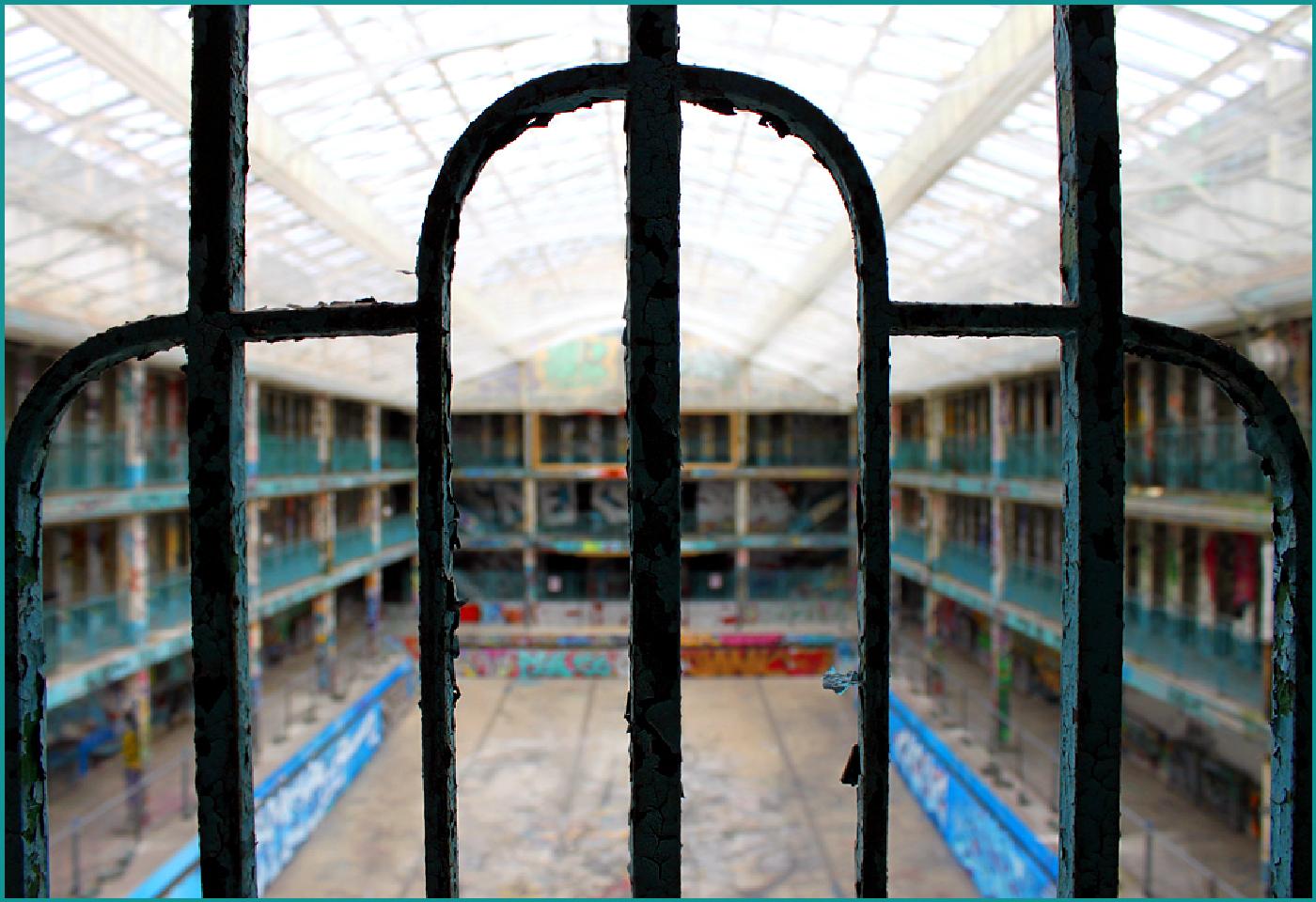
Today, we no longer find swimmers in those cabins, but artists! The conscious decision was made to preserve and highlight this rich legacy, turning it into an urban complex dedicated to wellness, leisure and gastronomy, in which each of the 78 dressing rooms surrounding the indoor pool are being painted and decorated by different artists, from floor to ceiling. The result is a growing gallery of contemporary urban art in a big way.
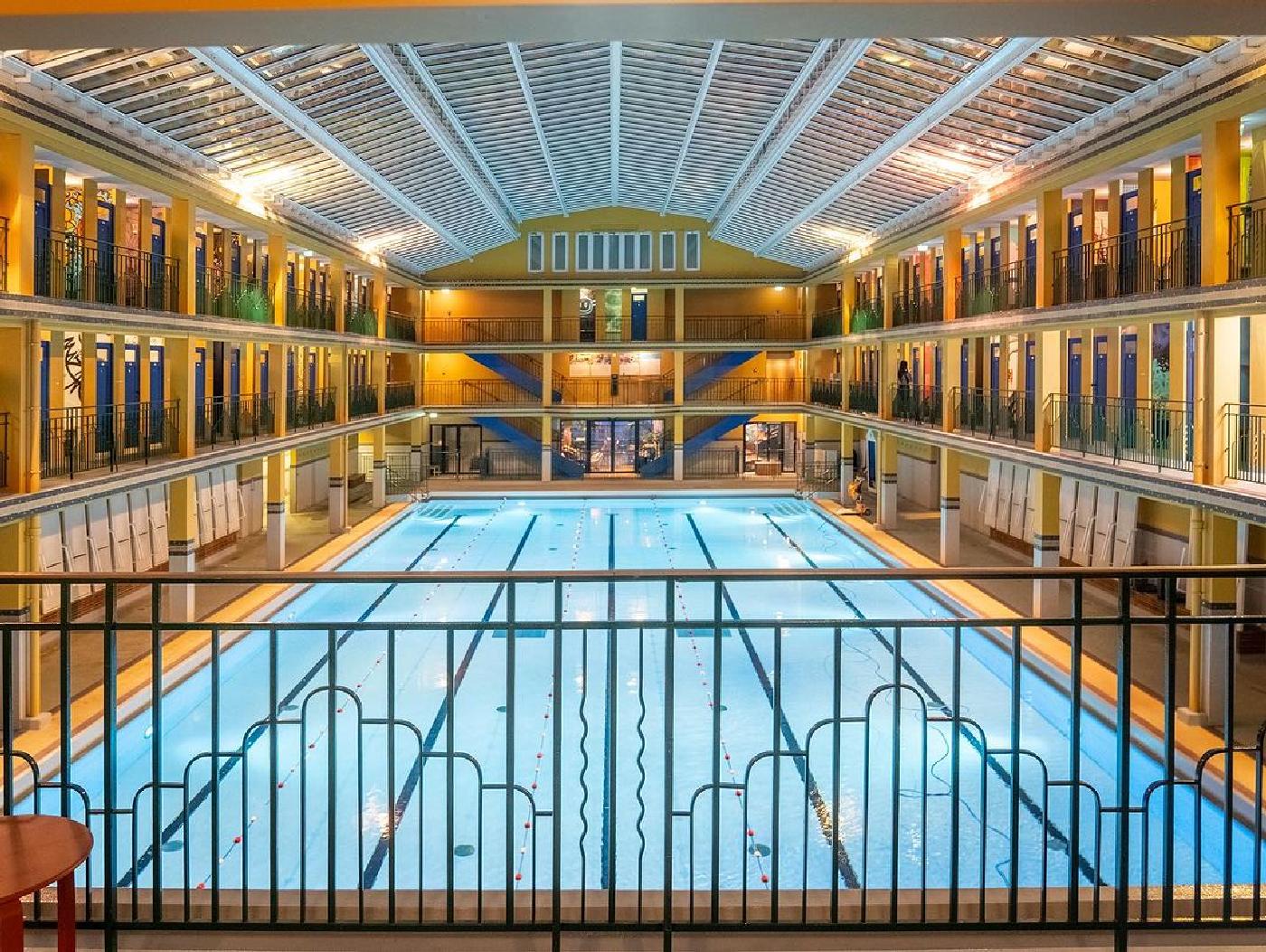
The magic of Paris during the winter is indescribable. Its iconic corners shine with special light, immersing the city in a unique charm that is renewed with the Christmas season. The walks through the streets become a luminous show, adorned with sparkles, festive trees and decorations that create a captivating atmosphere.
In this atmosphere, an interesting meeting took place last December between Sylvia Randazzo, at the helm of the Les Cabines des Artistes project at Molitor Hotel for about a decade, Anna Dimitrova, general curator of Montana Gallery Barcelona, and Marc Mascort i Boix, Montana Colors Cultural Manager. The conversation revolved around a new phase of the project, where new creative minds and artists will join in the coming months, continuing the legacy of the last five years, full of talent and creativity.
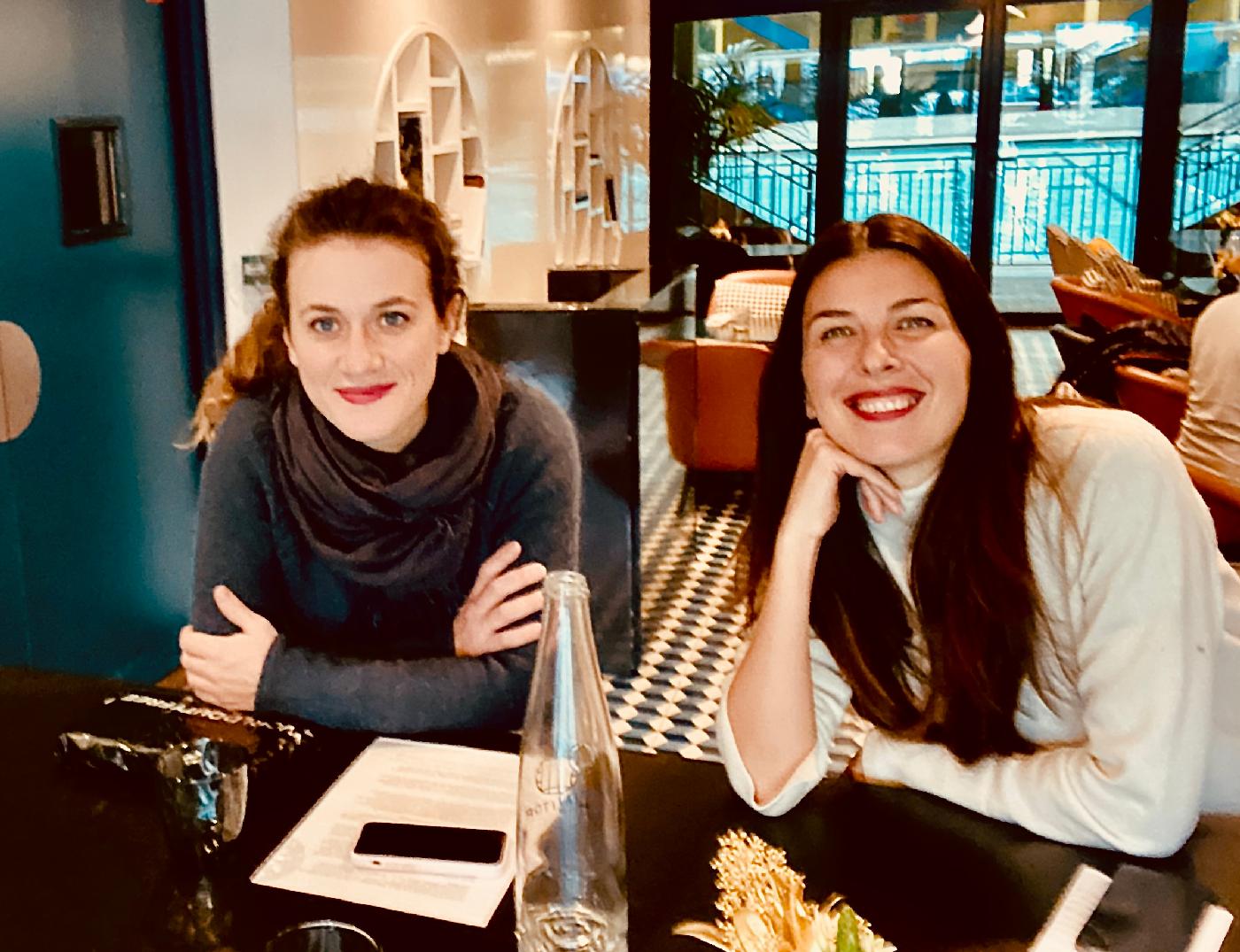
Not to mention that 2023 has also been a year of very remarkable pop-up exhibitions at Molitor, with names such as Mark Bodé, Vanessa Morata and Yu Maeda, preludes to the confirmed for 2024 of artists such as Yakes, Honet and Grems, who promise to further elevate the artistic essence of disused spaces that, under the curatorship of Anna Dimitrova, are coming back to life.
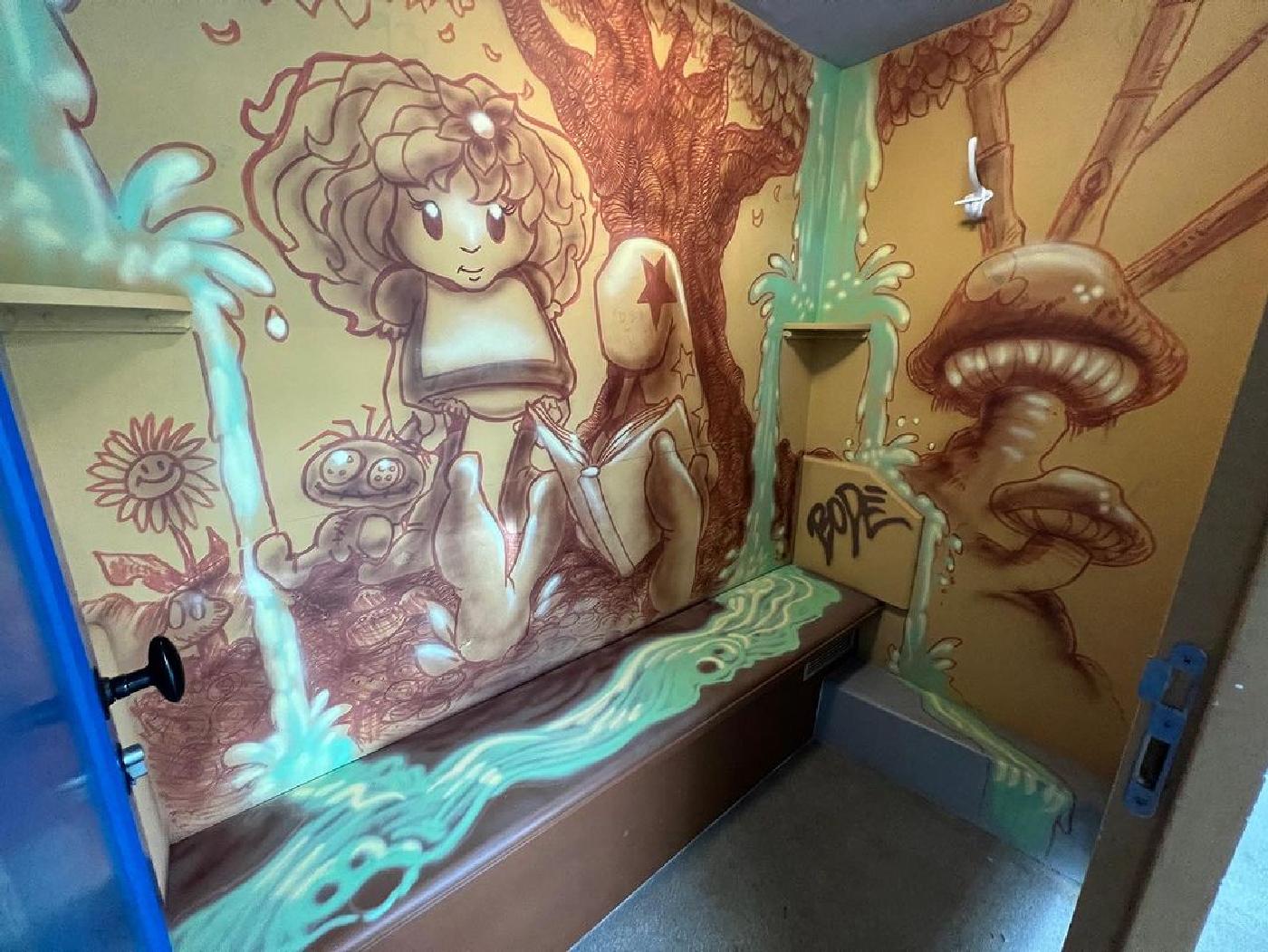
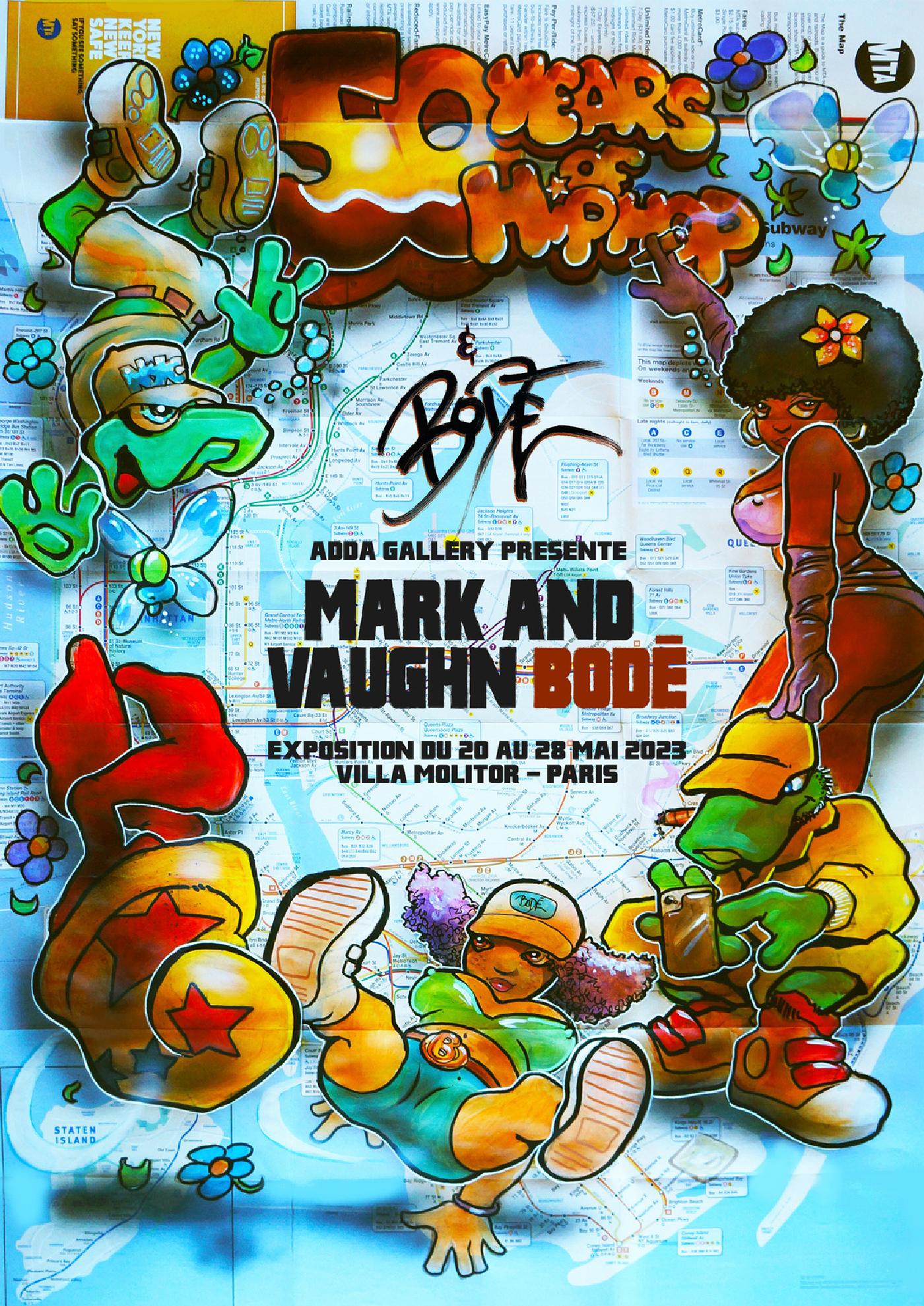
Now, this alliance between Montana Colors and Molitor gives life to a creative renaissance on these walls, turning the cabins of the past into vibrant canvases of the present. In this artistic oasis the history and the avant-garde, the legacy of the past and the contemporary expression are intertwined.
Thus, in the midst of this unique atmosphere, we set out to immerse ourselves in enriching interviews with Sylvia Randazzo, the director by this magnificent project, and Anna Dimitrova, the curator who has selected the content and artists of the pop-up exhibitions proposal that complements it: their vision, their experiences and their passion for this space, will lead us to explore the depths of this artistic metamorphosis, as we reflect on the value of urban art in historical environments, and the importance of preserving the essence of emblematic places through creative expression.
INTERVIEW WITH SYLVIA RANDAZZO, ARTISTIC DIRECTOR OF MOLITOR
Hi Sylvia! It's always this cold in Paris in December, right? However, here we are in a bubble, on an island, a refuge for the senses, inside the emblematic Molitor. This place, with its rich history and unique atmosphere, has witnessed an exceptional transformation in recent years: after almost a decade involved in this project, please tell us how your involvement in transforming Molitor into an art space began, and what your vision of Molitor is as an urban complex dedicated to art and well-being.
I was returning to France after almost a year in Barcelona. I saw an ad for an Assistant Manager position at Molitor. I didn't really understand what Molitor was: a swimming pool, a hotel, a gallery... I was lucky enough to discover that it was all of that at the same time thanks to the Director who hired me and who completely immersed me in the universe of this very atypical place. Over time, my tasks led me to organize Molitor's artistic programming. Molitor is truly a multifaceted place. I like the idea that different audiences can find diverse experiences here. Art is no longer limited to museums and galleries: the Urban Art movement has allowed us to create bridges between different worlds.
What was the biggest challenge in coordinating the transformation of Molitor into an urban art center? And according to your point of view, how does Urban Art contribute to the identity and appeal of Molitor as a destination?
It is not about completely transforming all of Molitor into an urban art center. In Molitor there are other activities: hotels, restaurants, sports club, spa and other businesses. One of the challenges is to involve all Molitor collaborators (receptionists, waiters, maintenance technicians, etc.) in the artistic world. Urban Art has been part of Molitor's identity since the 90s/00s. Maintaining this artistic legacy makes Molitor a rather atypical five-star Parisian hotel.
Tell us how you perceive the relationship between the historical preservation of Molitor and its evolution towards a contemporary artistic space…
They are both very closely related! Molitor has always been, in some way, an artistic space. In the 1930s, at the Gala de l'Union des Artistes shows and performances were organized in and around the pool. The place itself is an Art Déco masterpiece. Its restoration involved architects of historic buildings in France and talented restorers. In the 90s/00s, the French graffiti scene turned it into a temple of Street Art. Over the last decade, I have strived to respect the spirit of the place and maintain that dynamic of artistic creation.
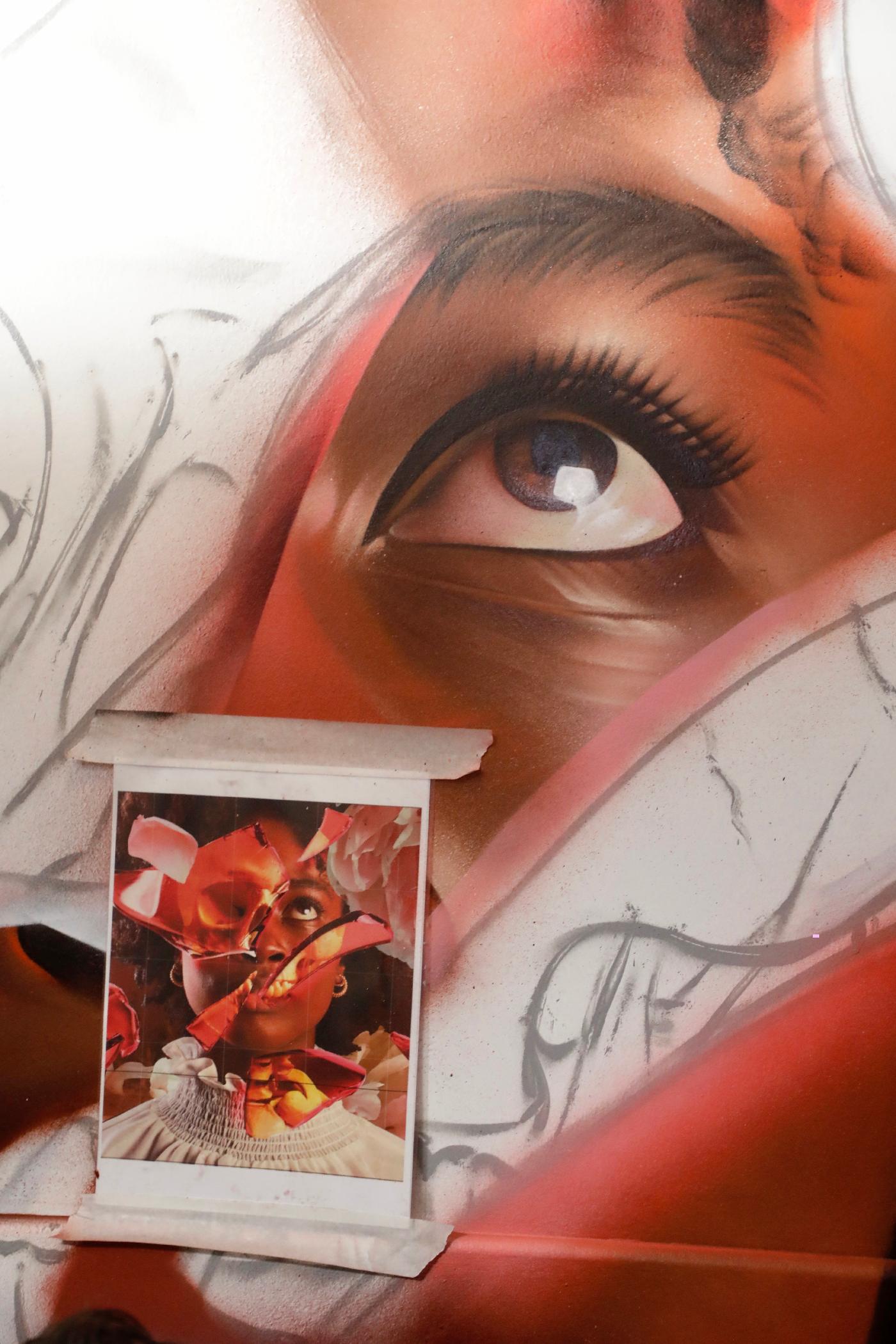
How was Montana Colors involved in this project and how do you value Anna Dimitrova's contribution to the temporary exhibitions at Villa Molitor?
I have been wanting to get closer to Montana Colors for a long time. Beyond the quality of the products, Montana Colors is a brand very committed to the graffiti and Urban Art community around the world. Anna Dimitrova helped me meet the right person at Montana Colors, which led to our partnership. Anna is a leading figure in the world of urban contemporary art in Paris. She is an experienced woman, very kind and tremendously creative. I think she herself could have been the creator of it... It is a pleasure to leave her the keys to Villa Molitor and discover the artists she presents.
How do you select and collaborate with the different artists involved in Molitor's transformation? Do you consider parity between men and women when selecting participants?
It is always a big question that is difficult to answer because there is no pre-established guide or questionnaire. It's about the profiles of the artists and the relevant findings that are naturally occurring. In this project, the objective is to look for international artists who have a close relationship with urban contemporary art and show all the diversity that exists in this movement. As for parity, I don't see gender as a criterion when choosing an artist.
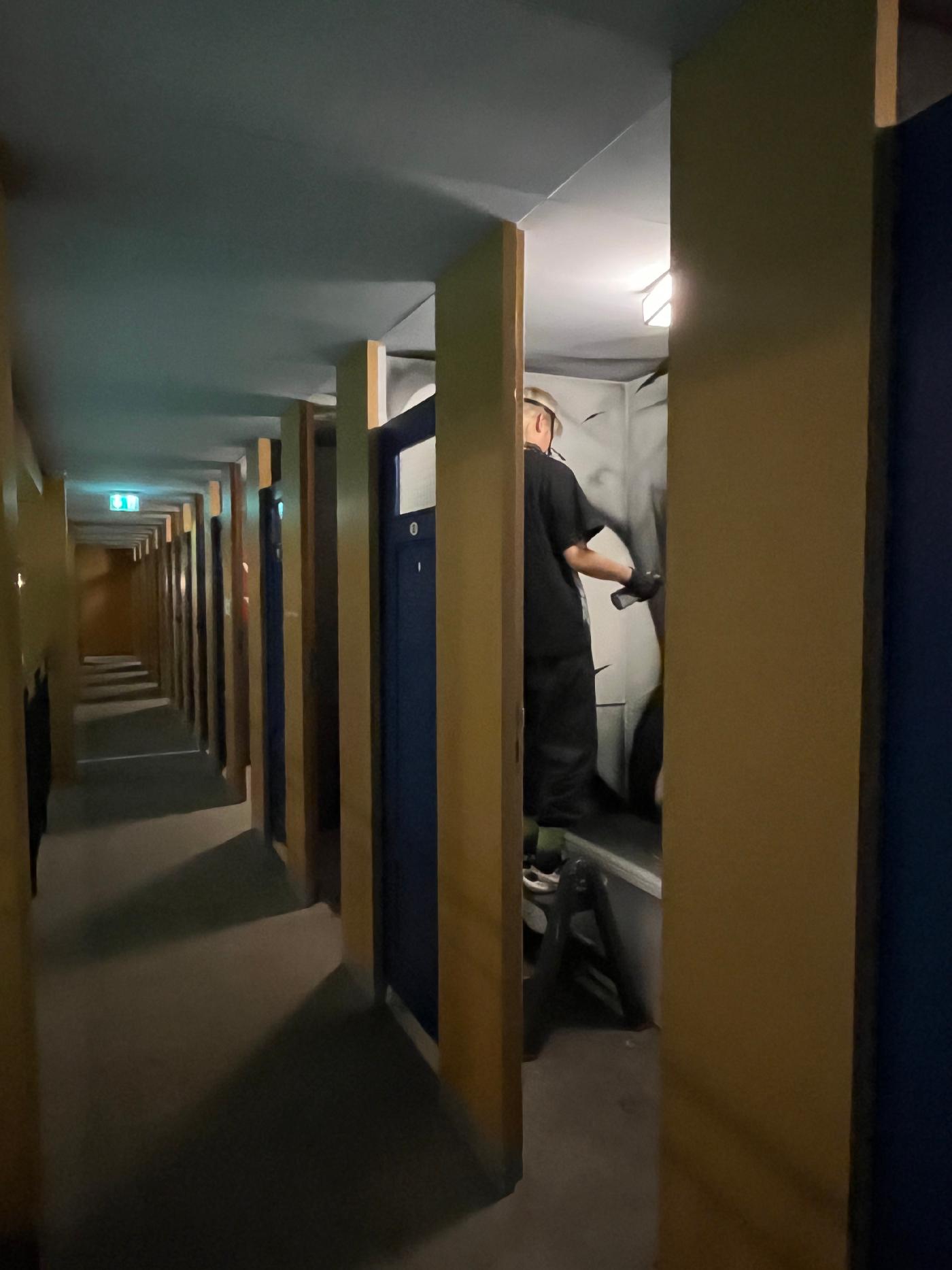
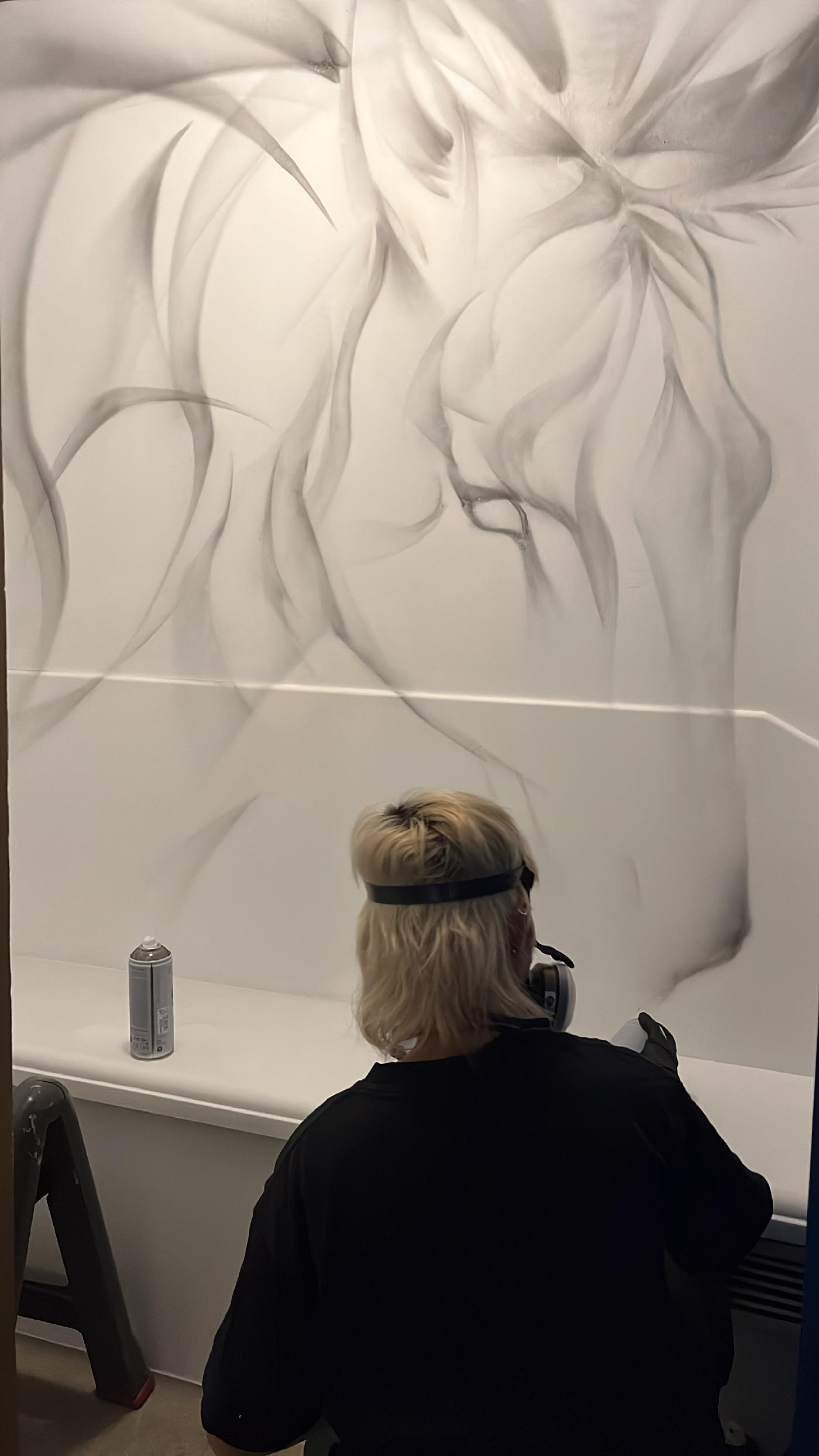
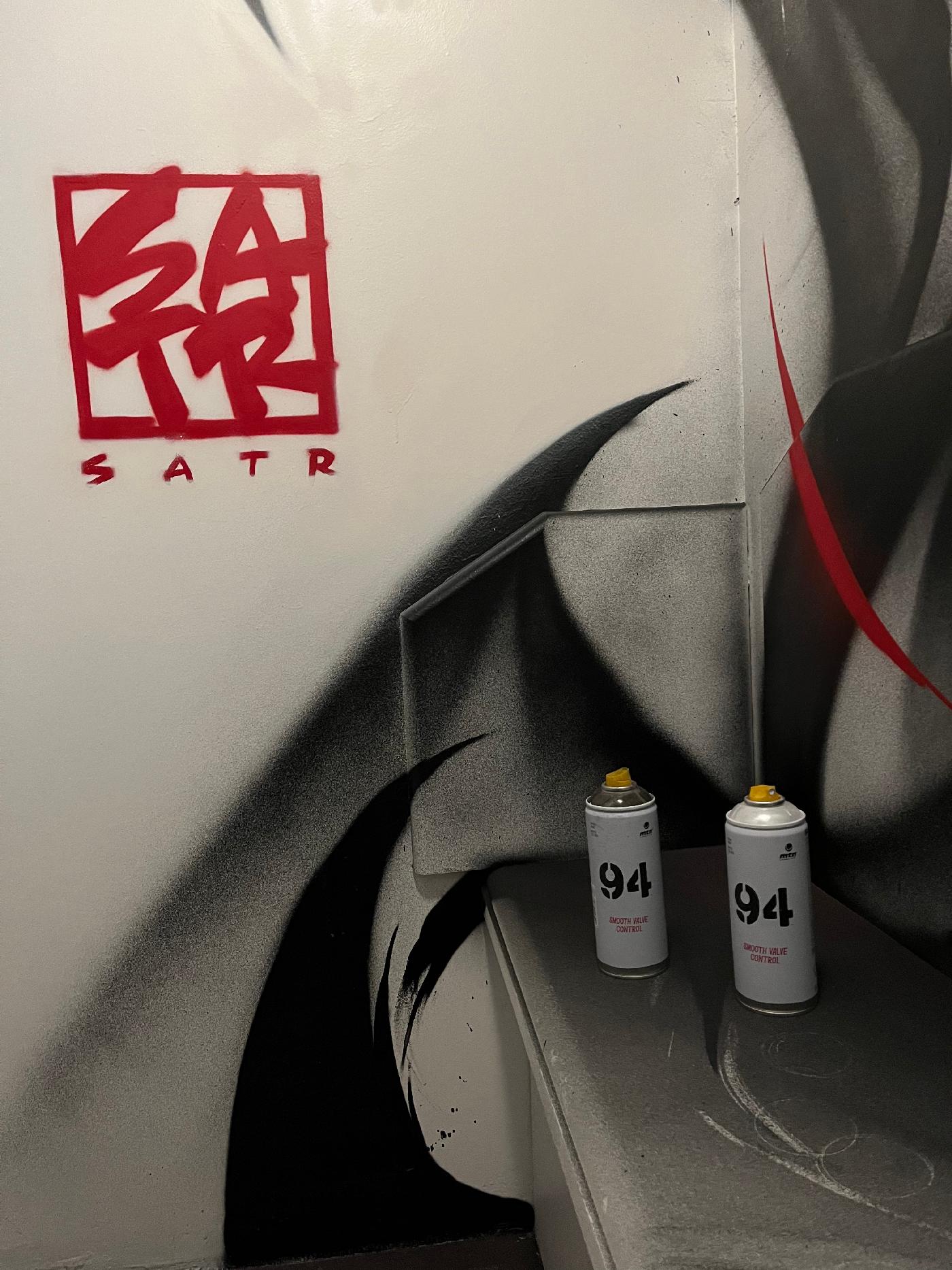
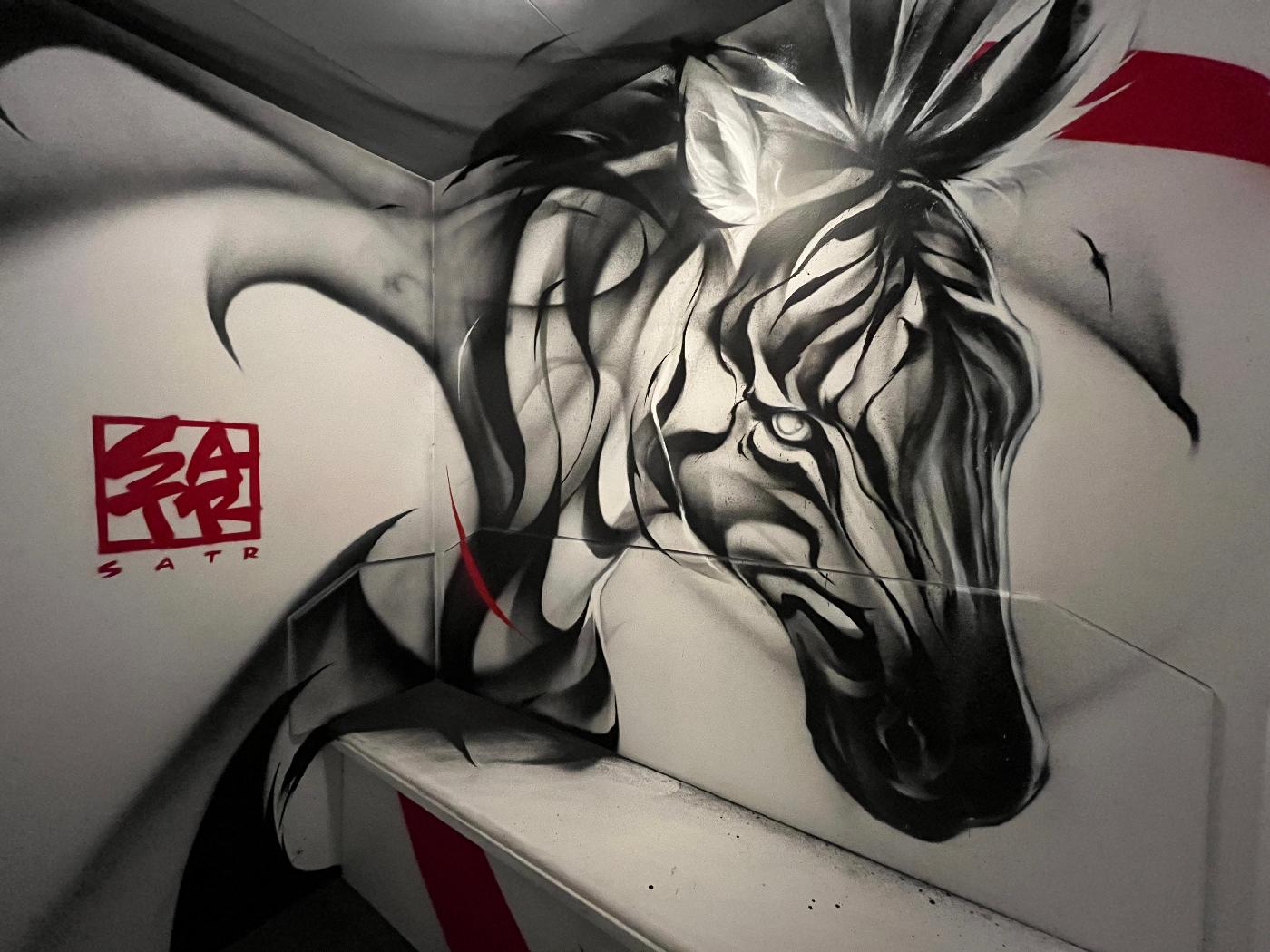
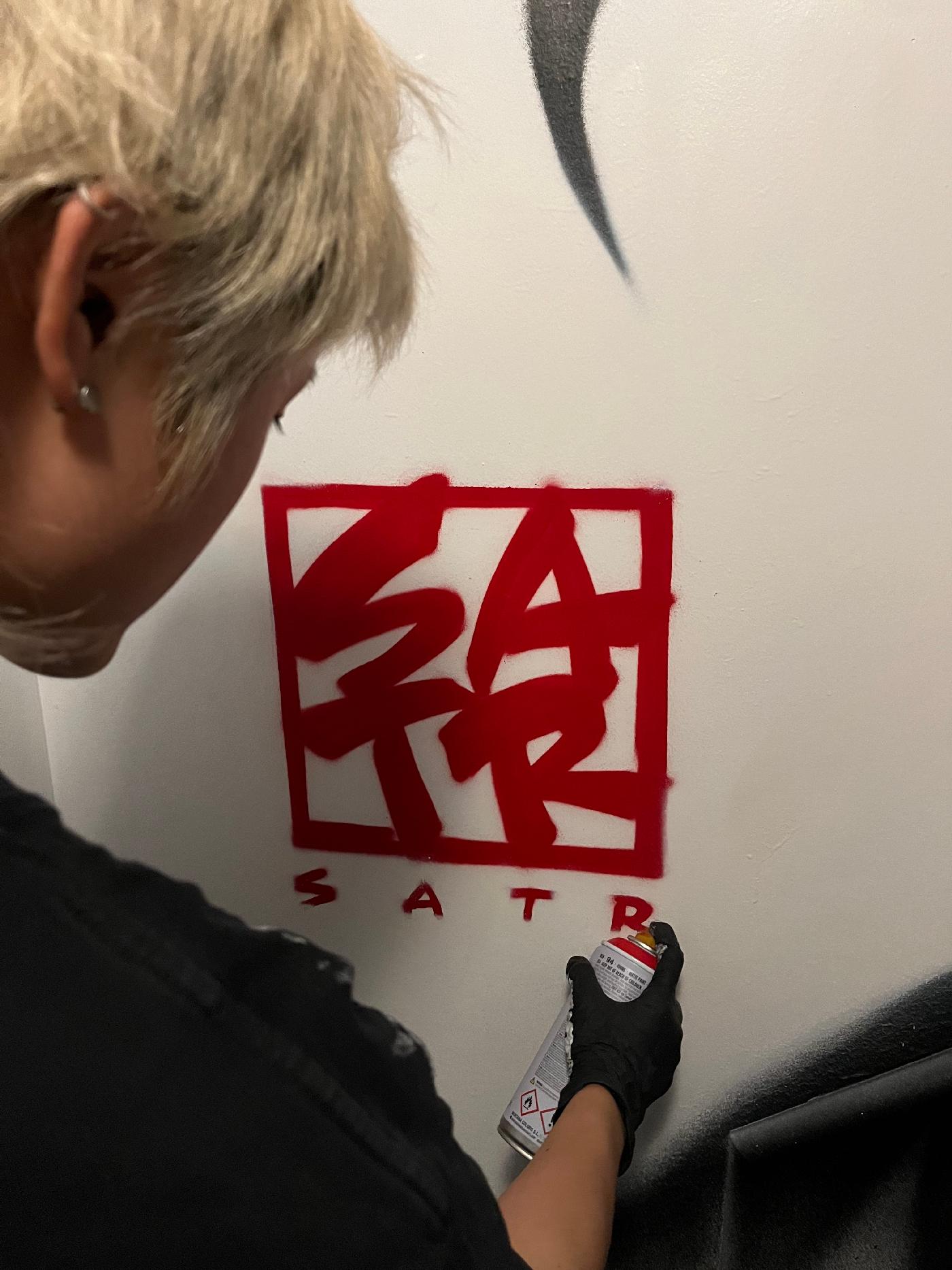
You organized the distribution of artists and cabins by countries/continents, creating a true "United Nations" of art. How did that idea come about?
In 2016, the artist Katre explained to me that there were several currents in the world of graffiti. That German typography was not the same as the New York or the French ones. That idea shocked me. Then, Cisco Merel — a Panamanian artist who participated in the first series of cabines made a work very different from the others, because his motivation to intervene on the walls in Panama City gave a pictorial result very different from what can be seen in France. This led me to consider that urban art is very linked to society and is very locally influenced. Therefore, it is obvious that they do not paint on the trains in New York the way they paint the walls in Accra. It is these different approaches and different cultural influences that I want to highlight through this project.
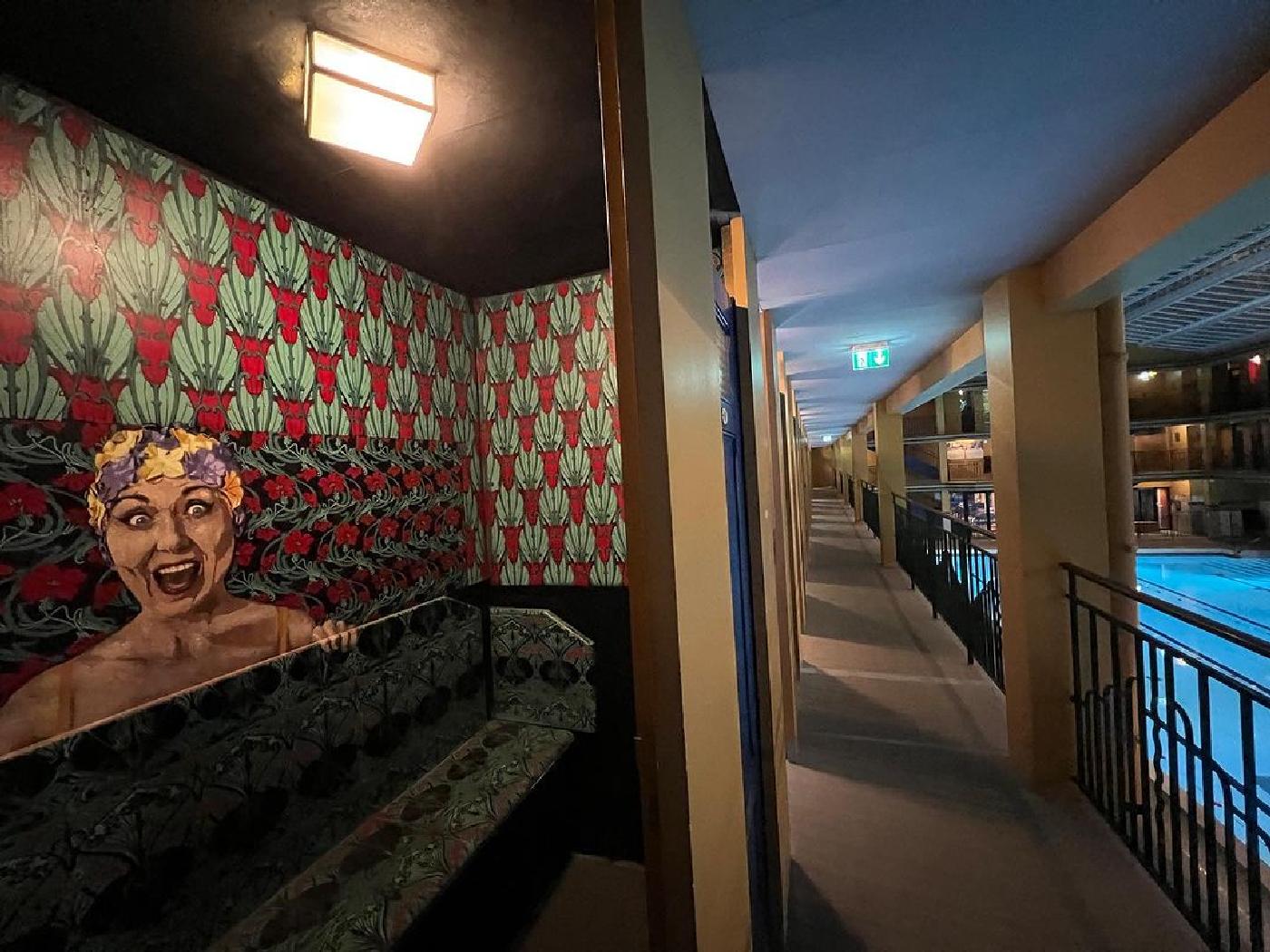
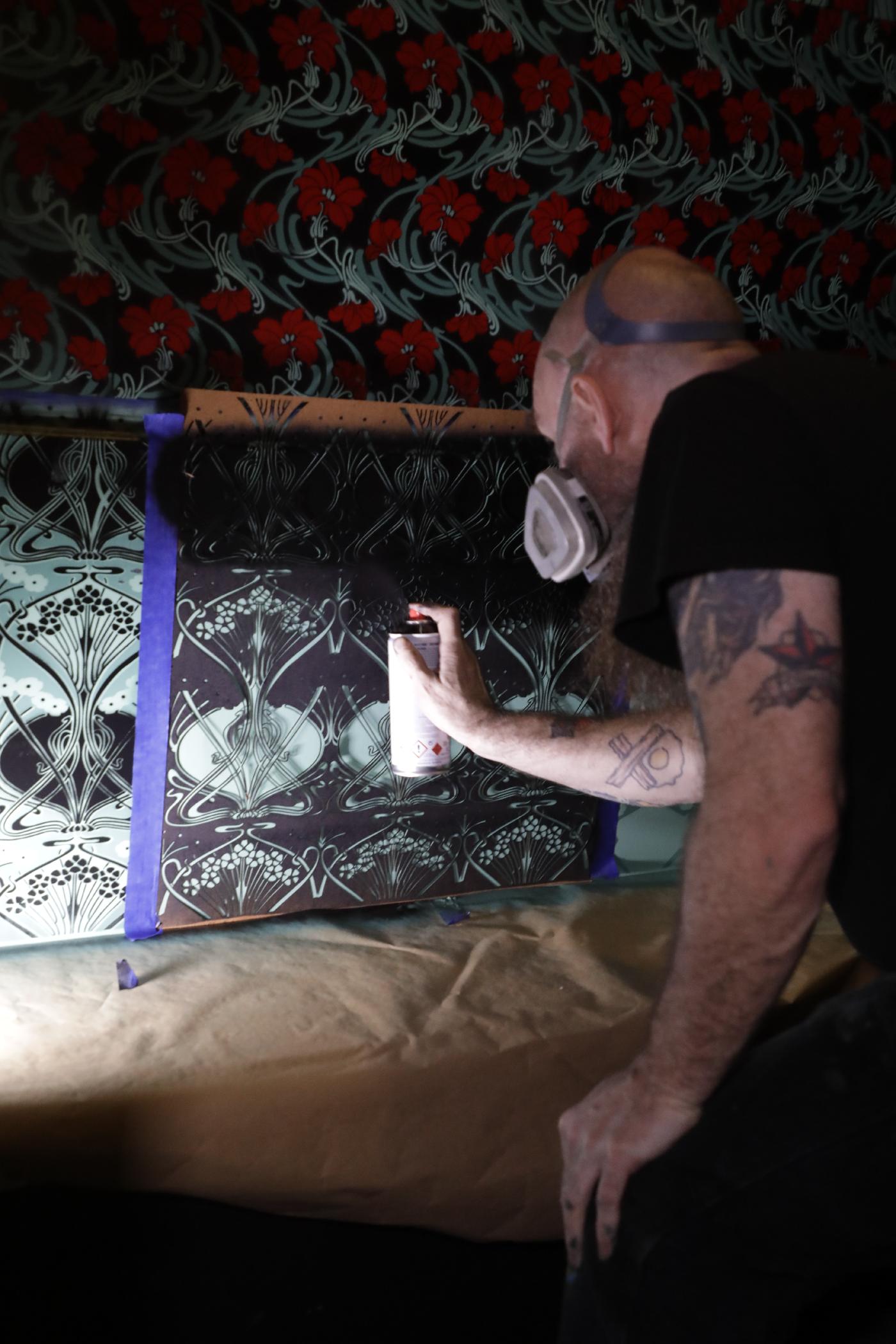
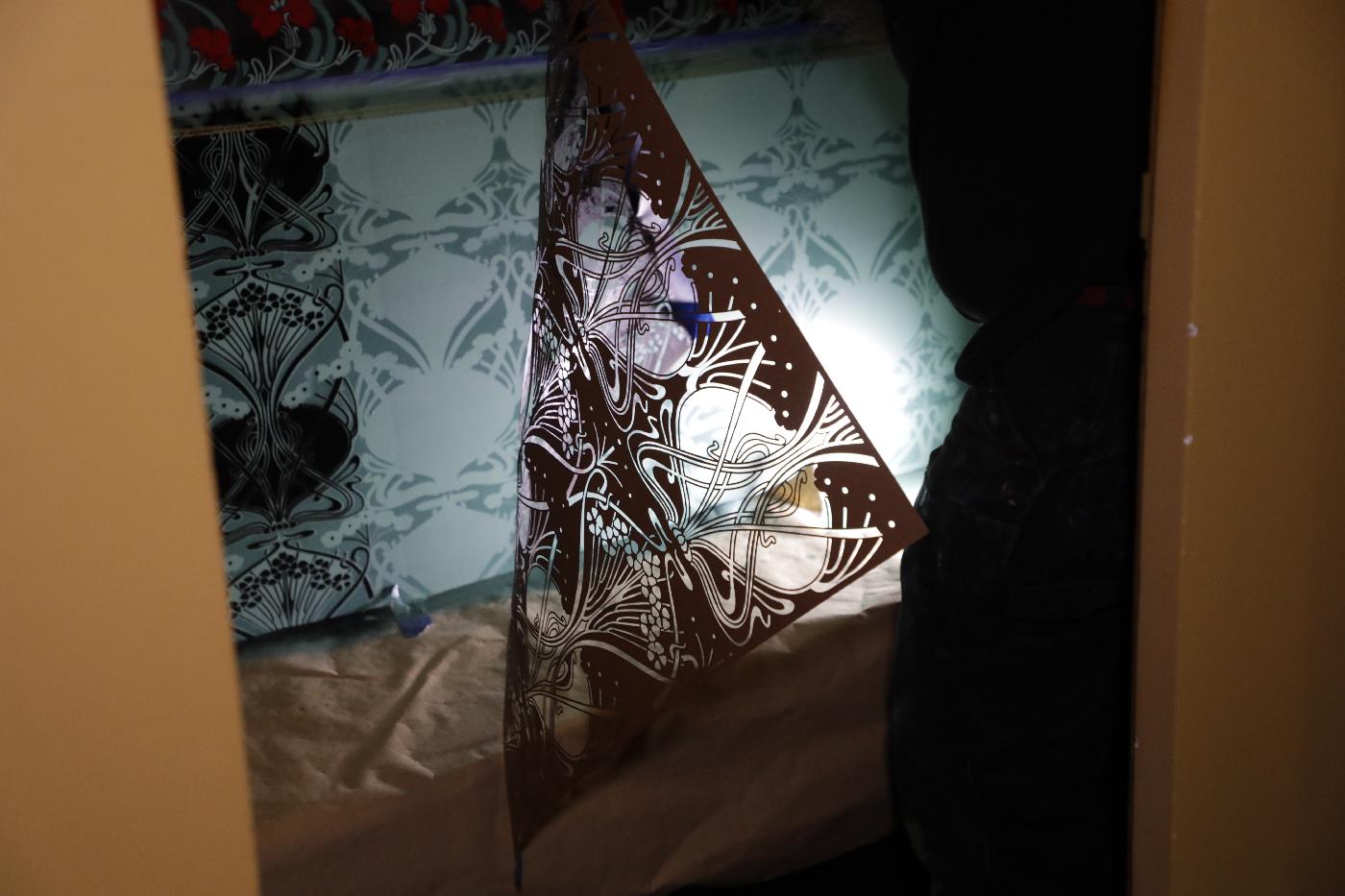
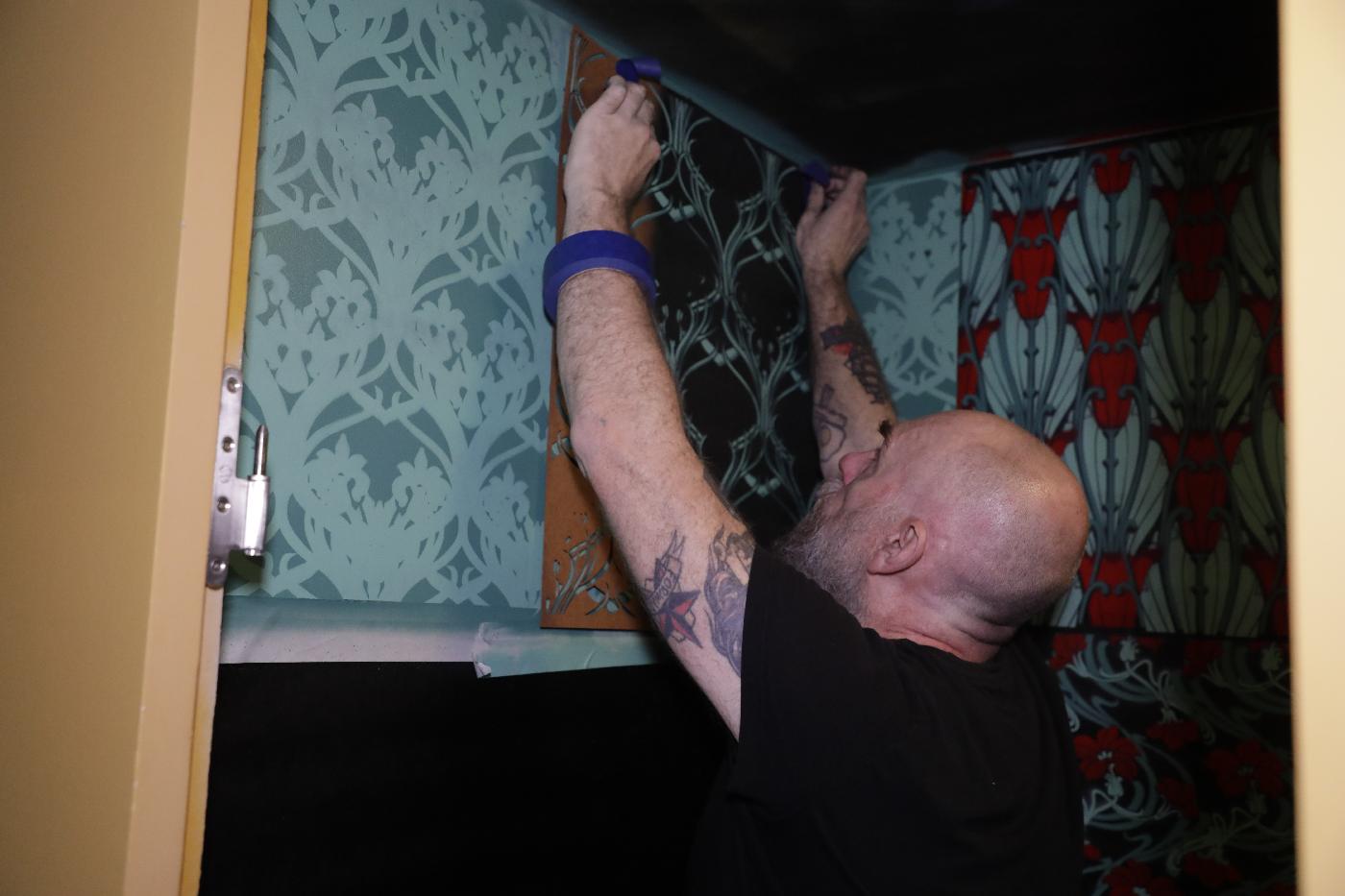
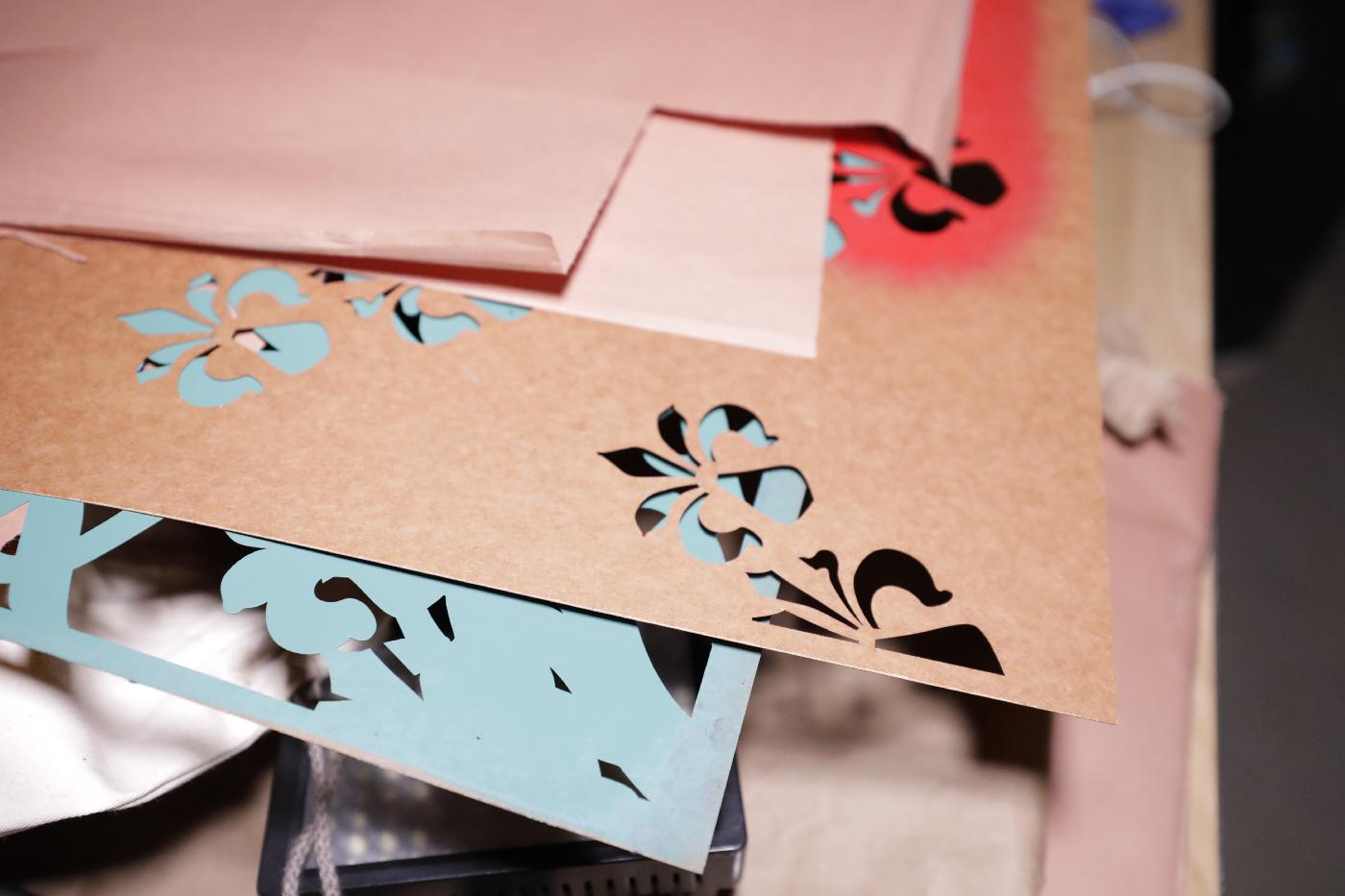
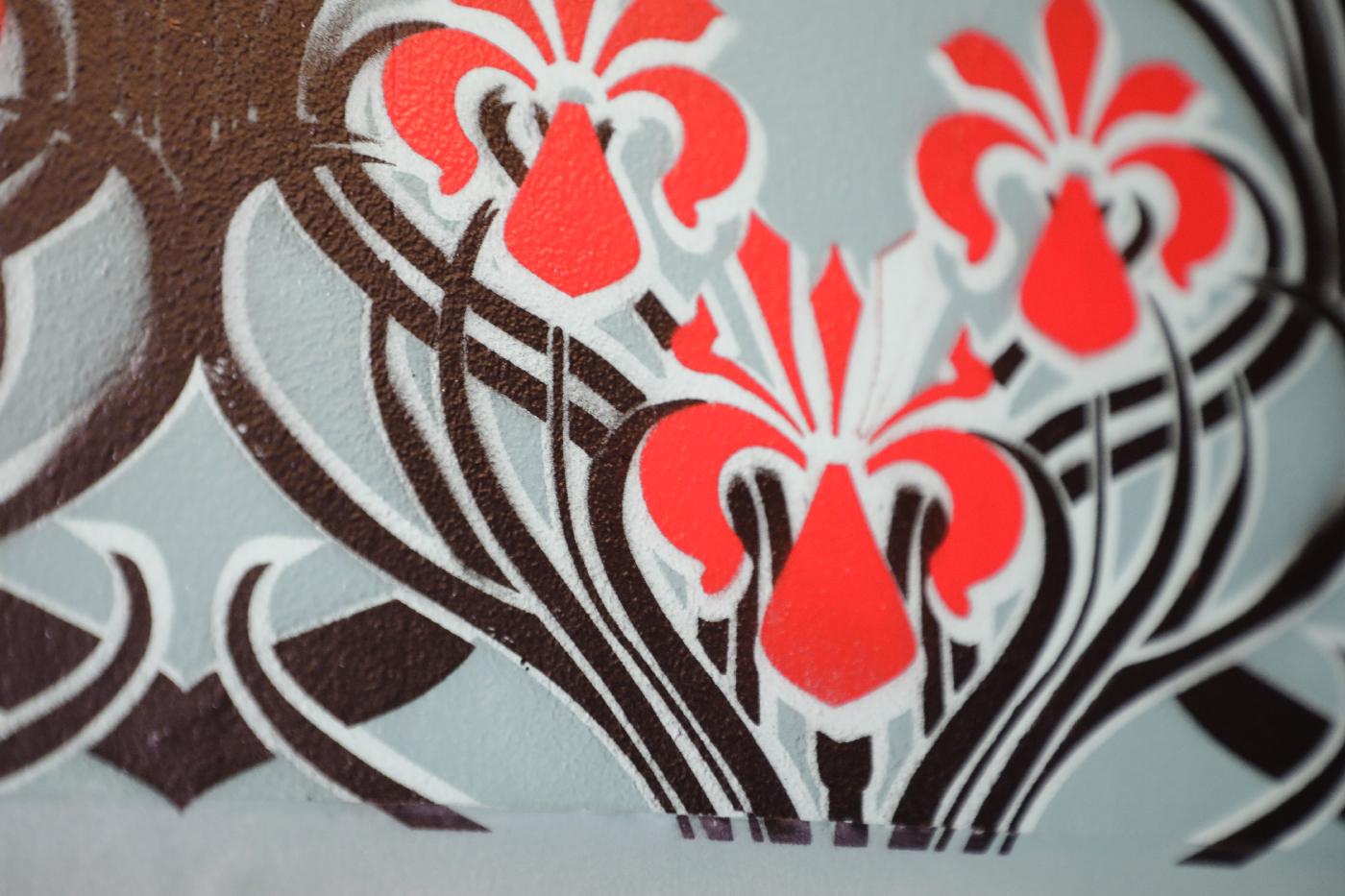
How important is it that the inauguration of this new phase in Molitor coincides with next year's Olympic Games? How will the public access the project? Will guided tours be organized?
This new phase mainly marks ten years since the reopening of Molitor. That the Olympic Games are organized in Paris at the same time as this anniversary is a very fortunate circumstance. The project will be open to the public from the 2024 season. Free and guided tours will be organized every week.
Have you considered carrying out actions related to the project, such as murals or workshops, outside the Molitor facilities?
Interesting collaborations have emerged from this project, especially with Le Musée en Herbe, numerous visits and workshops for schools, and even a performance by the artist Kouka at Fluctuart, the first floating urban art centre in the world. However, surely there is still a lot to do!
Do you have particularly memorable anecdotes or moments that you experienced during this project?
Of course! I will be able to share them once the project is finished ;)
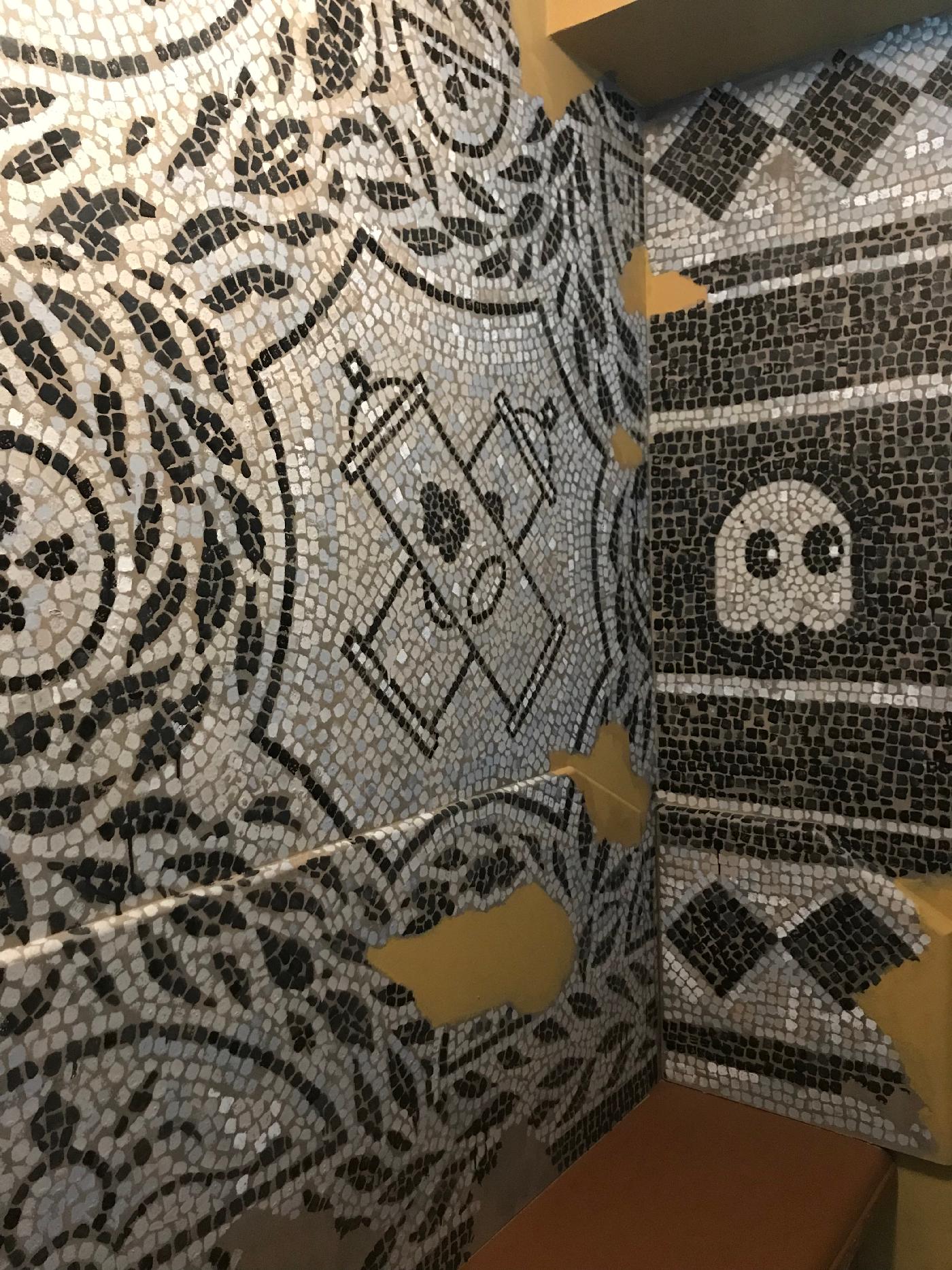
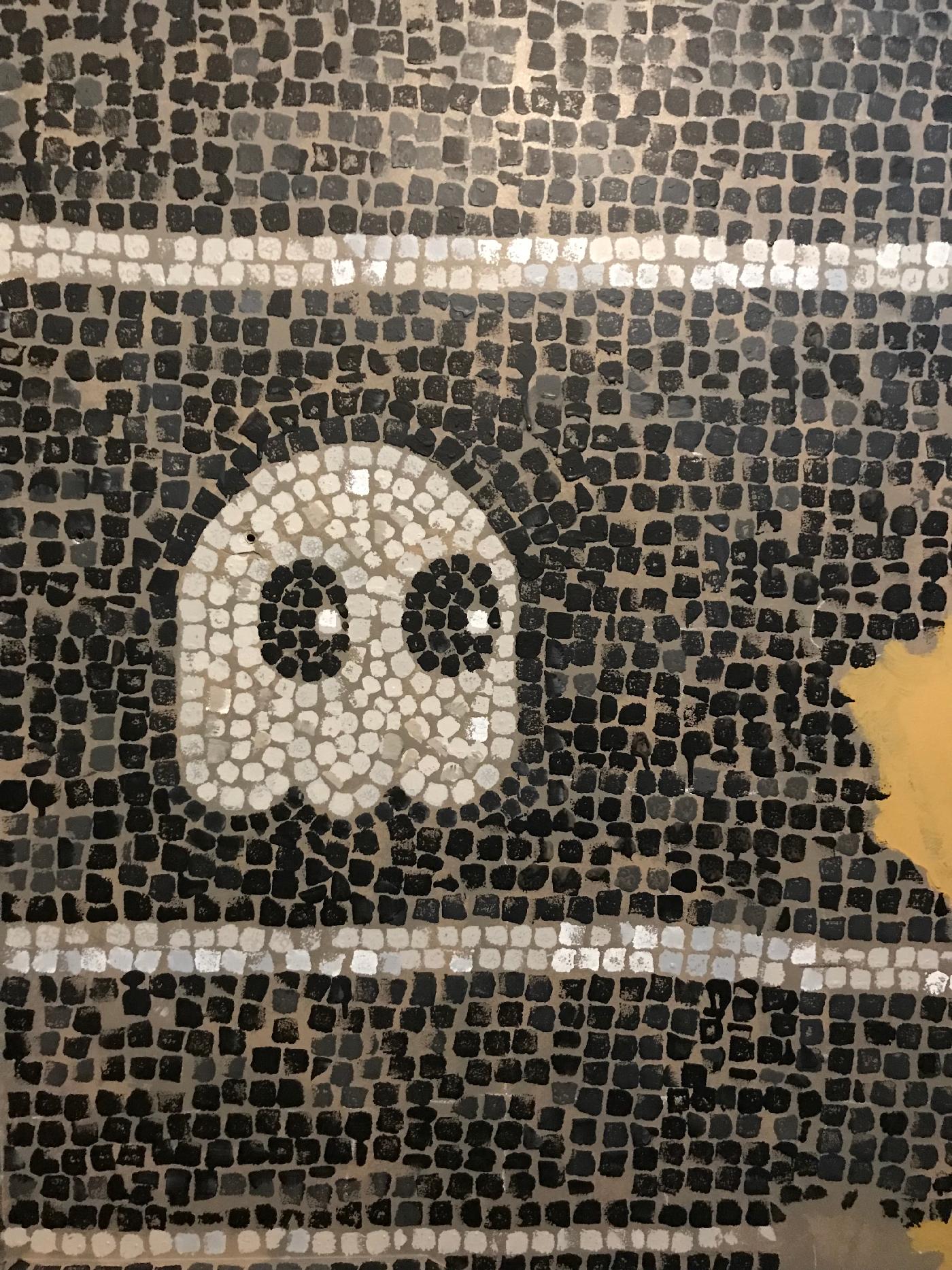
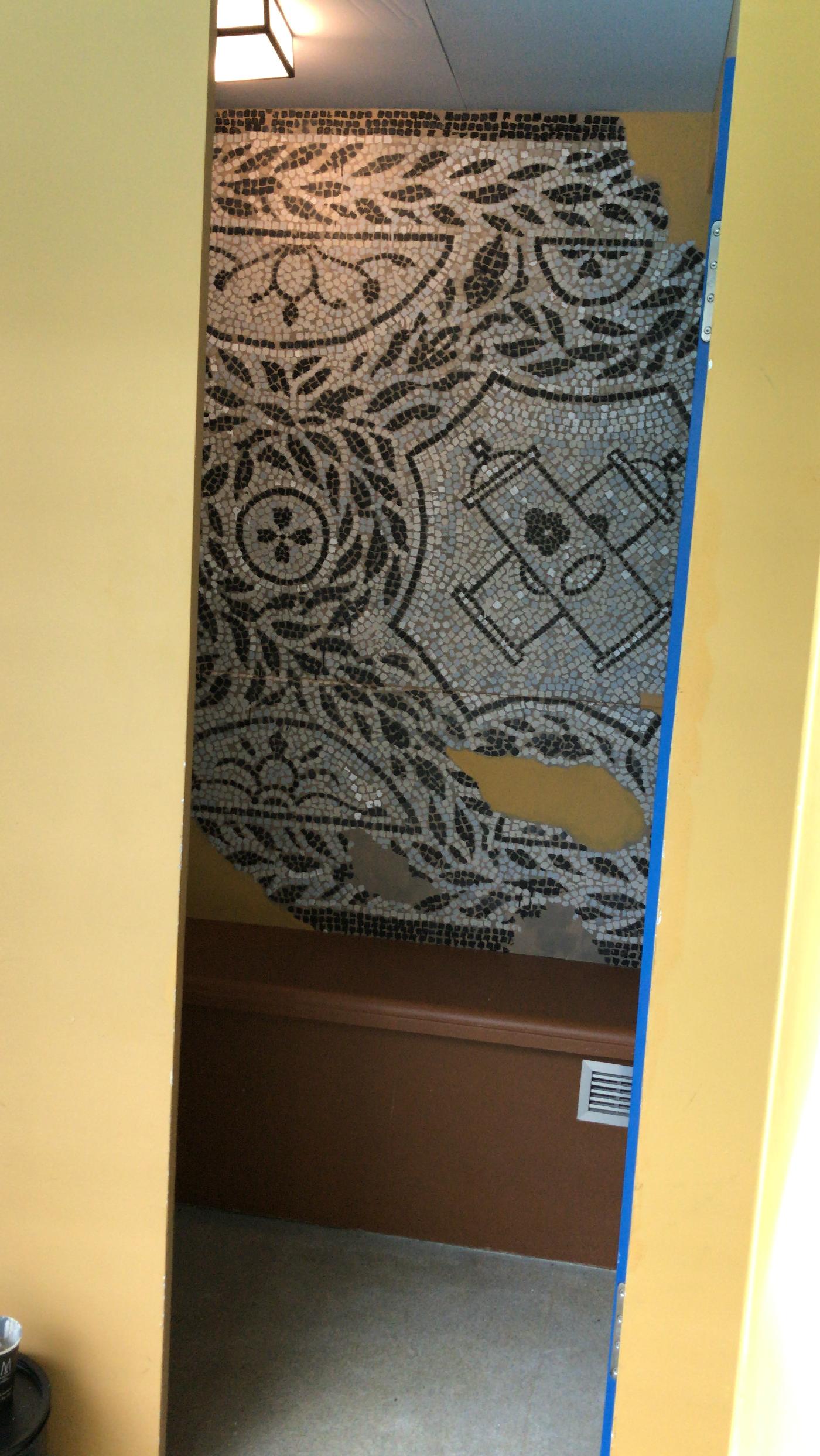
INTERVIEW WITH ANNA DIMITROVA, CURATOR OF VILLA MOLITOR AND GENERAL CURATOR AT MONTANA GALLERY BARCELONA
Hi Anna! It's a pleasure to meet you in Paris, finally! It's been many years sharing adventures in Barcelona or Ibiza, but we've never met here! And what's more, we do it in an extraordinary place, the Hotel Molitor: please tell us about your experience as a curator in the project of revitalizing certain spaces through pop-up exhibitions at Molitor.
I remember when I visited the Villa Molitor space for the first time with Sylvia Randazzo, it immediately seemed like a unique opportunity to hold exhibitions. The light, the almost hidden space but with views of Paris, the calm… At that time the rooms had served as a workshop and was painted and scribbled from ceiling to floor, it needed a makeover to be able to host exhibitions and show the work of artists. It was a great experience to see it painted white and shiny, it was like it came back to life! And from there we started organizing exhibitions, we told everyone that we had a gallery with a pool!
What criteria have you taken into account when selecting artists to participate in the exhibitions at Villa Molitor? Tell us about the latest exhibitions and those scheduled…
Always an international selection that makes sense with the identity of the space, just as I do with the Montana Gallery in Barcelona. From highly renowned artists such as the American Mark Bodé who was the first to exhibit, to little-known artists but with a lot of talent and potential. In this case, the Japanese Yu Maeda and the Málaga-born Vanessa Morata followed. Whenever I can, I bet on Spanish artists because for me they form one of the richest and most proliferated Urban Art scenes worldwide. For 2024 we have 3 exhibitions planned: the young Parisian Yakes, the already ultra-known Grems and the all-time graffiti scene reference Honet.
And perhaps your role as general curator of Montana Gallery Barcelona has some influence on the selection and artistic direction of the exhibition project at Molitor...
Of course, Montana Colors is my family and family roots always influence the selection and actions I develop, wherever they are. For example, Mark Bodé had already exhibited at the Montana Gallery Barcelona back in 2012, there we met and several exhibitions have followed with him. Furthermore, over the years a curatorial line has emerged that clearly reflects my identity mixed with the values of Montana Colors.
You will surely agree on that Molitor has become a reference, a very attractive place for Urban Art...
Molitor has been a reference for many years of free space to paint, for parties, to meet people and mark an era in a clandestine way. The 80s and 90s remain rooted in the collective memory of Paris writers and street artists. It is a mythical place that has been able to draw on its artistic past to perpetuate it and maintain a positive image among artists and the public. Now it is more institutional but the spirit is still there.
You were the one who made the collaboration between MTN and Molitor possible: what impact do you think this collaboration has had on the world of Urban Art?
It seemed essential to me that MTN be present in Molitor. It could not be otherwise. When I proposed it to Sylvia Randazzo — Artistic Director at Molitor — and Marc Mascort i Boix — Head of Culture at MTN — they immediately said yes, that a collaboration would be ideal. On one hand, Molitor offers artists the best quality spray paint so they can develop their work. With the enormous advantage of being able to use the Water Based line sprays, something essential in an indoor space. And on the other hand, MTN is present in a mythical venue where 72 international artists are concentrated, it is a bit like being a supplier to the UN :) in addition, obviously, to reaffirm its presence in Paris with all the weight that this city has in the art scene in general, and graffiti in particular.
Speaking of the booths, how do you evaluate the role of each artist in the transformation of the cabins at Molitor?
It is a great format, small, manageable and a challenge at the same time. I think all the artists are delighted to intervene in the cabins, and then jump into the pool! Furthermore, being surrounded by so many international talents is always motivating and inspiring.
As a Parisian, how have you seen the project evolve from its beginning to the current date?
Sylvia Randazzo is doing a great job to continue with the artistic interventions and save this creative identity that Molitor reflects. And it is not easy to reinvent yourself year after year. For me, it is always a pleasure to come, whether to see the booths, temporary exhibitions or large-format interventions. I hope the project continues for many more years.
Tell us your perspective on the influence of urban art on the local community and on Molitor's international projection.
Urban art has always been an element of attraction for all types of audiences, from children to adults and from all social classes. Urban art in Molitor provides access to a wealthy public that increasingly understands this trend and collects works with fervor. People from the neighborhood come and this means that residents discover international talents through urban art. Molitor has this international projection among both artists and visitors. It becomes a cultural epicenter of Urban Art.
What future do you imagine for Molitor as the epicenter of urban art?
Maybe a full-time gallery like other hotels like the Paradiso Art Hotel in Ibiza are doing successfully. This would build loyalty among the local public by giving them opportunities to come continually and would also lengthen the qualitative time each guest spends in the hotel by offering complementary activities to their stay. I'll leave it there in case Mr. Millon reads the interview. :)
Are there any specific achievements or results that stand out since you started working on this project?
Great, great turnout with Mark Bodé's exhibition, which was a milestone. Furthermore, combining an exhibition with the artist painting a cabin is a perfect link and allows the public a broader vision and a better understanding of his work.
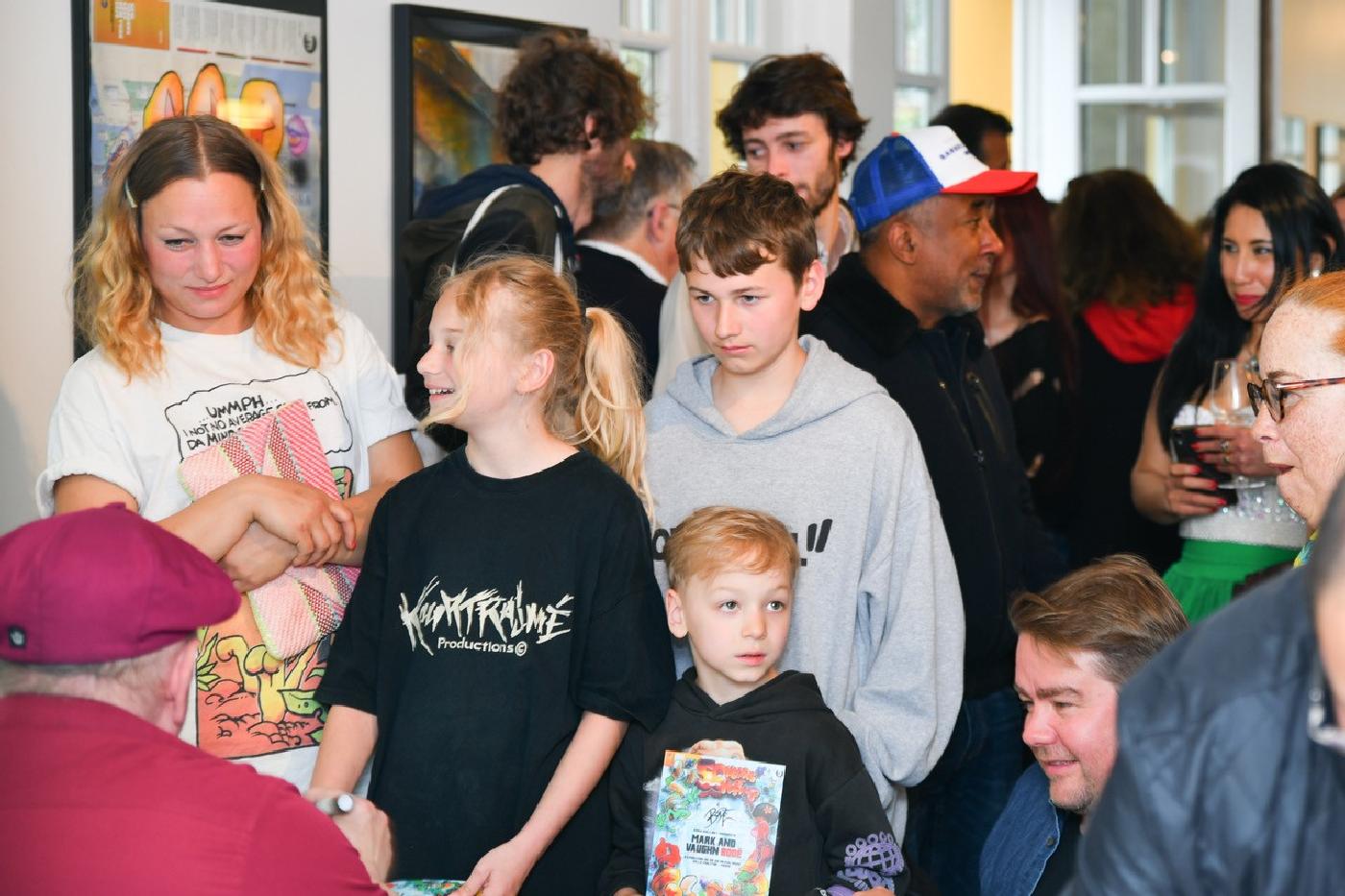
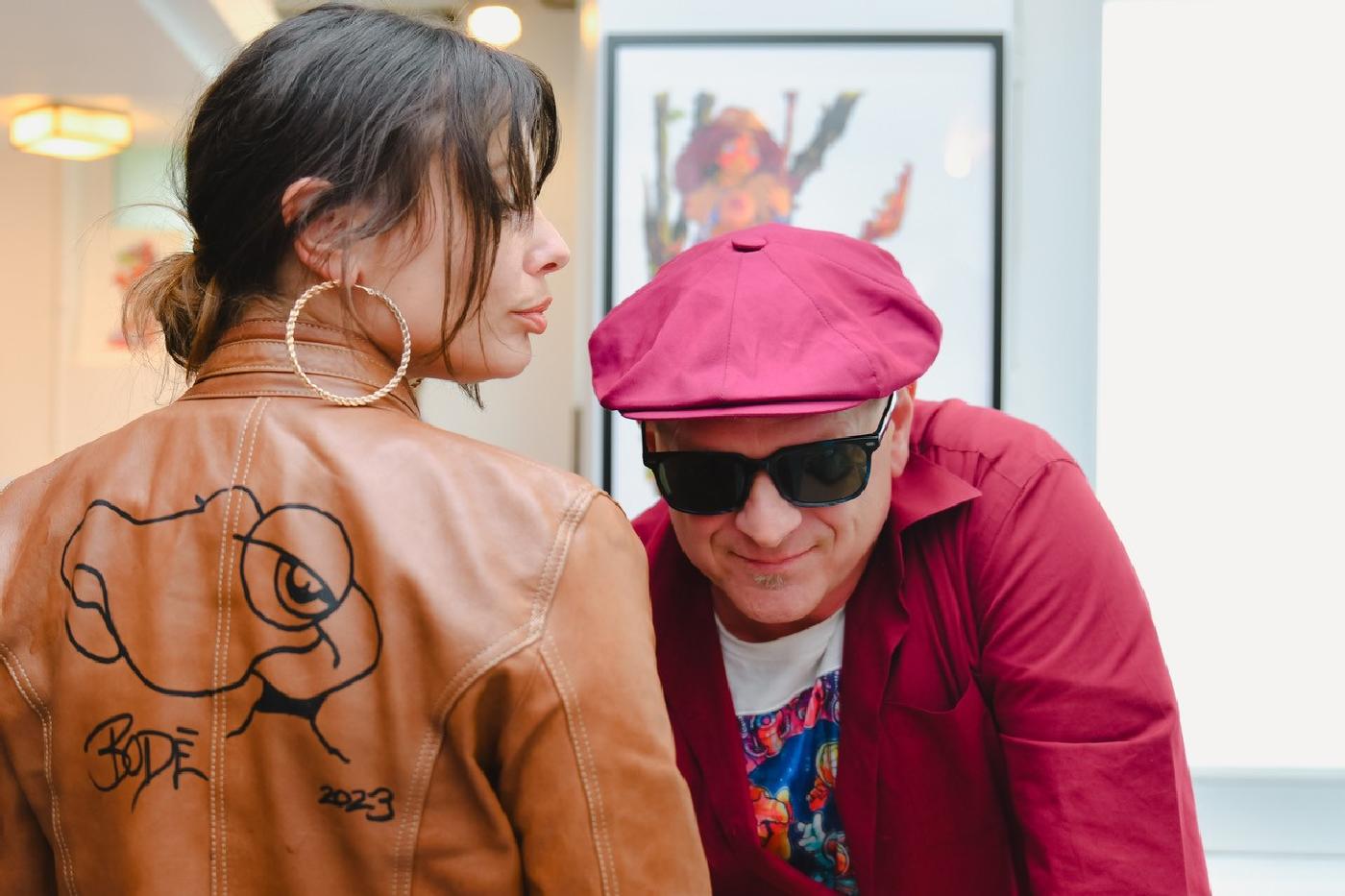
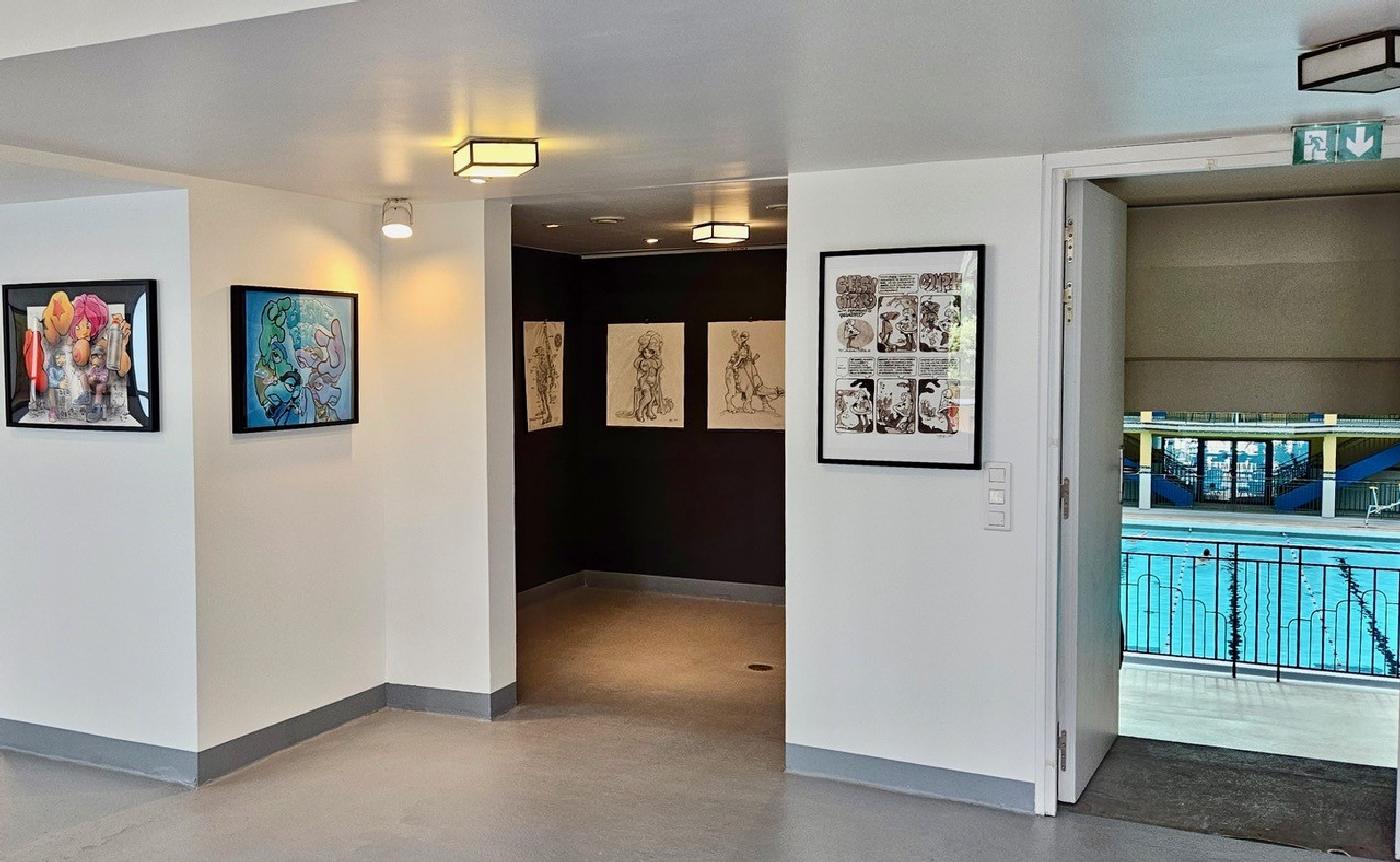
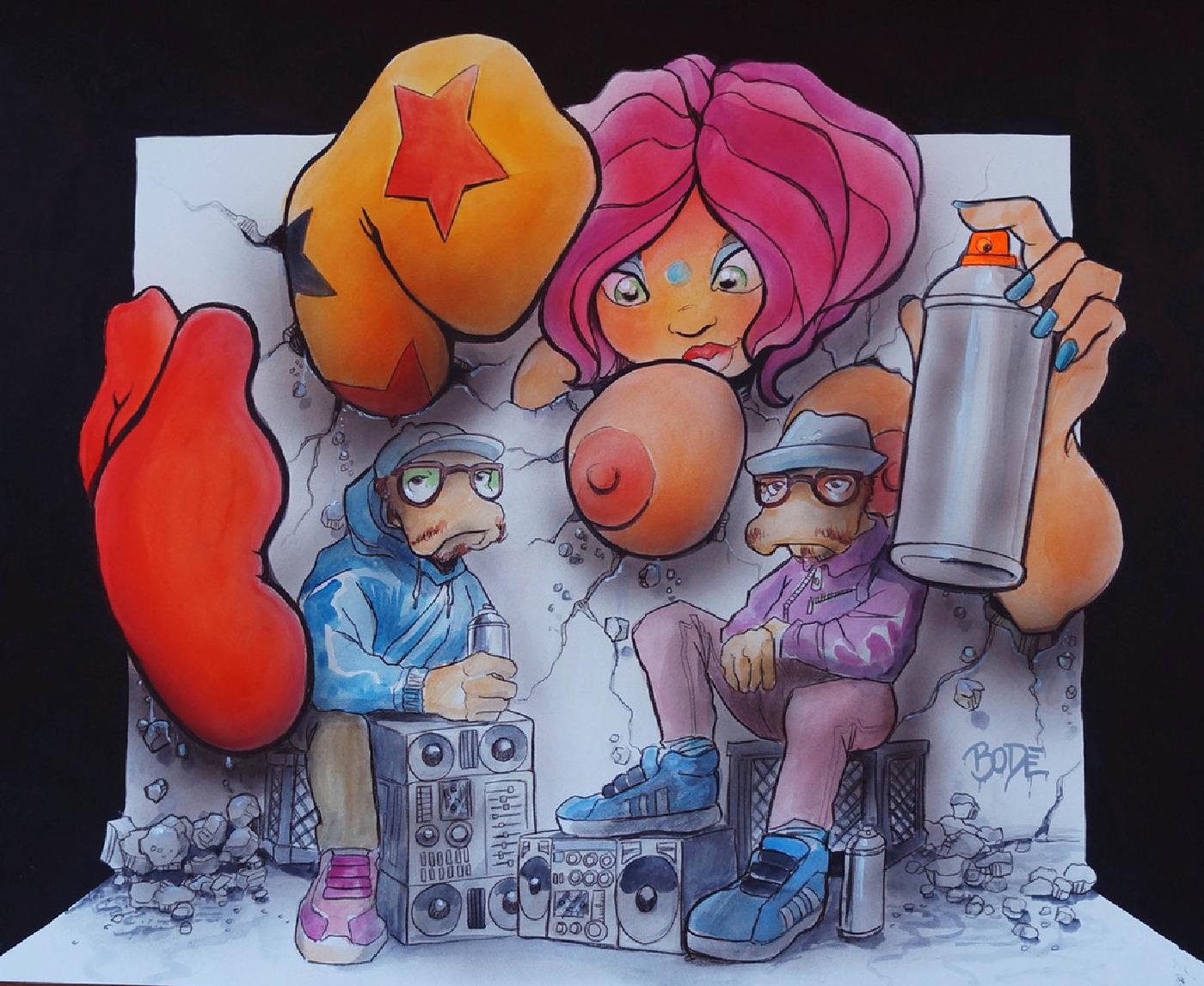
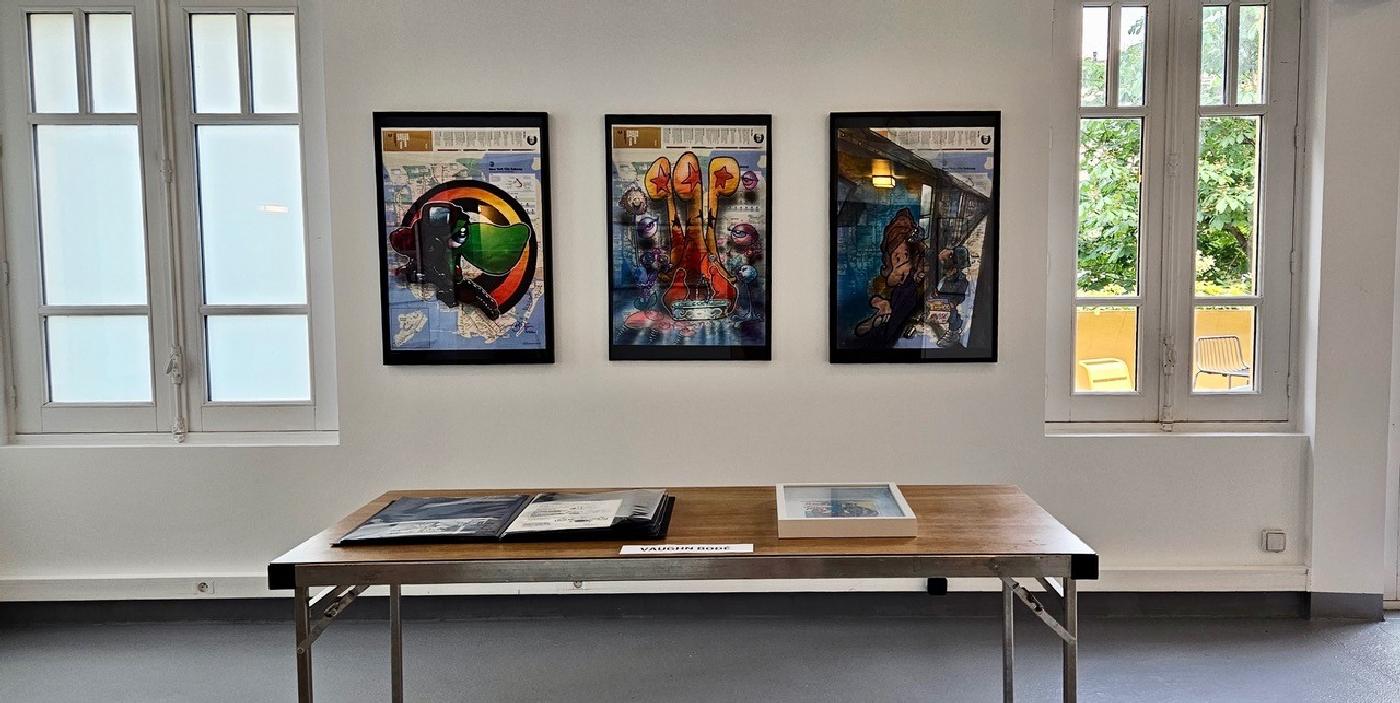
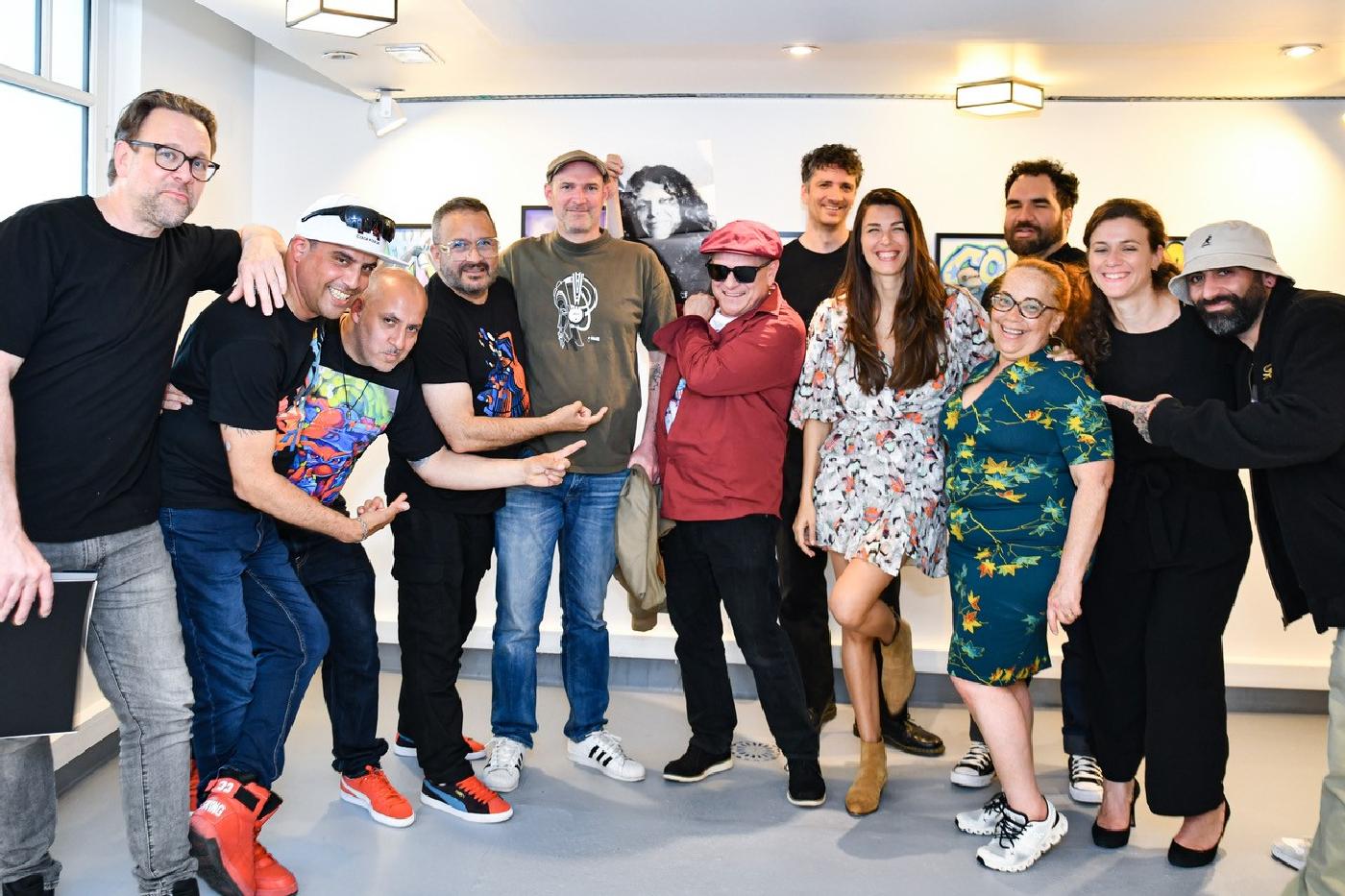
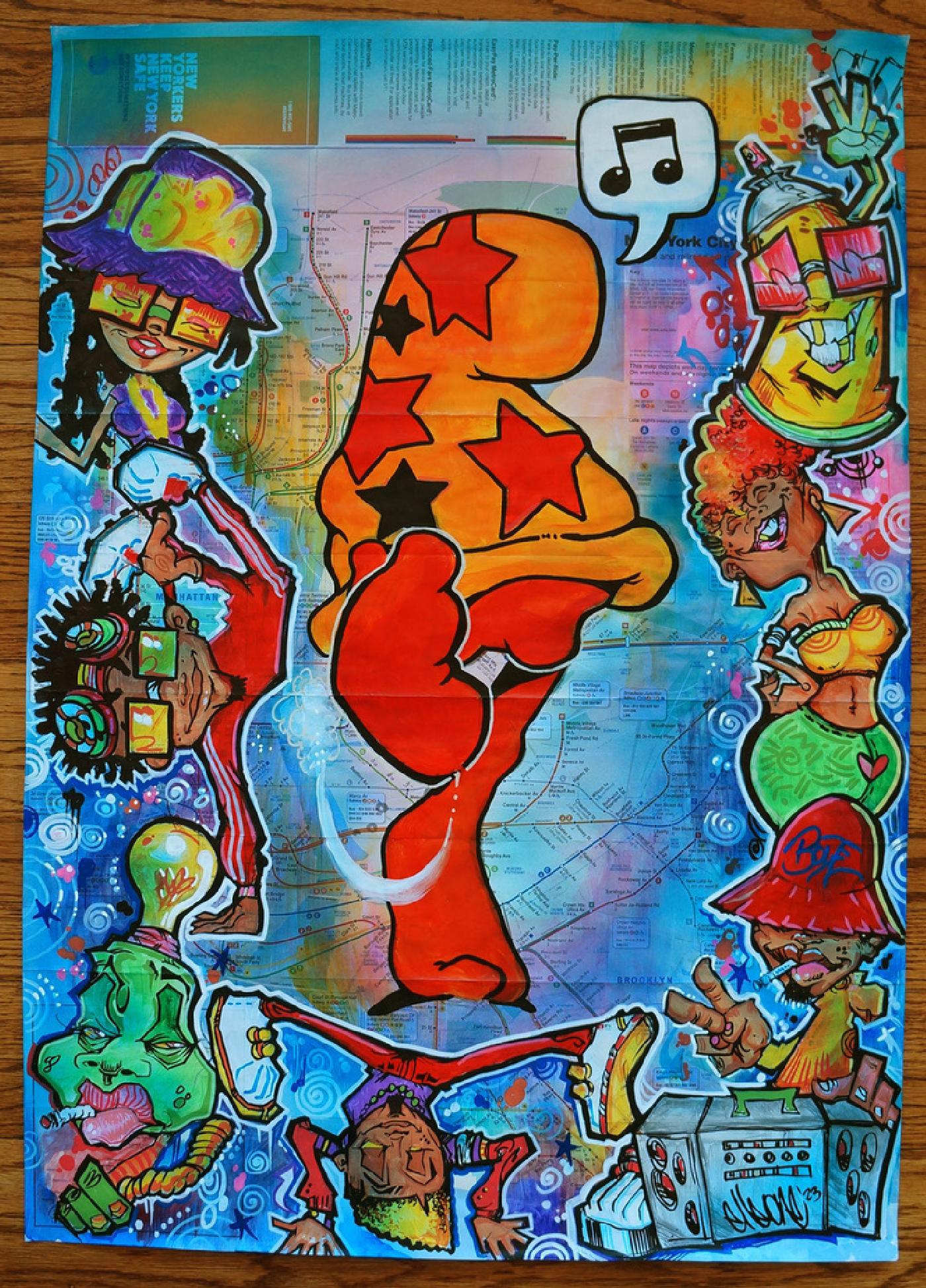
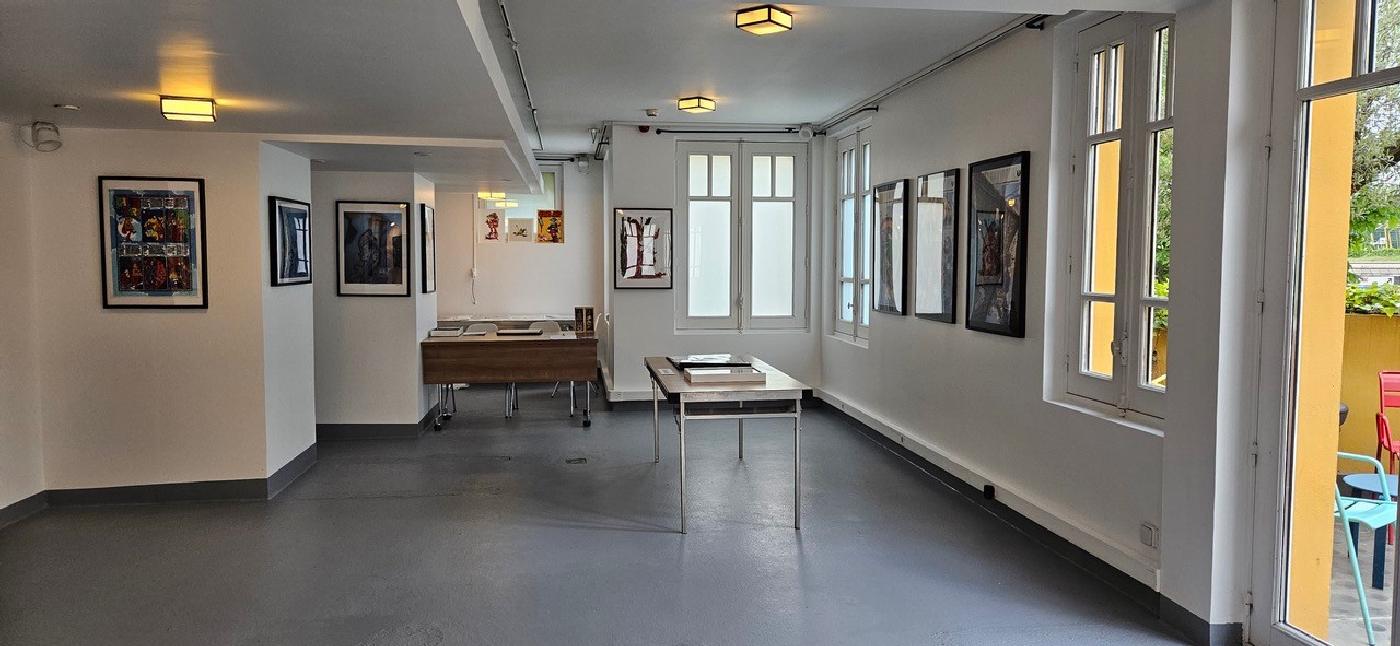
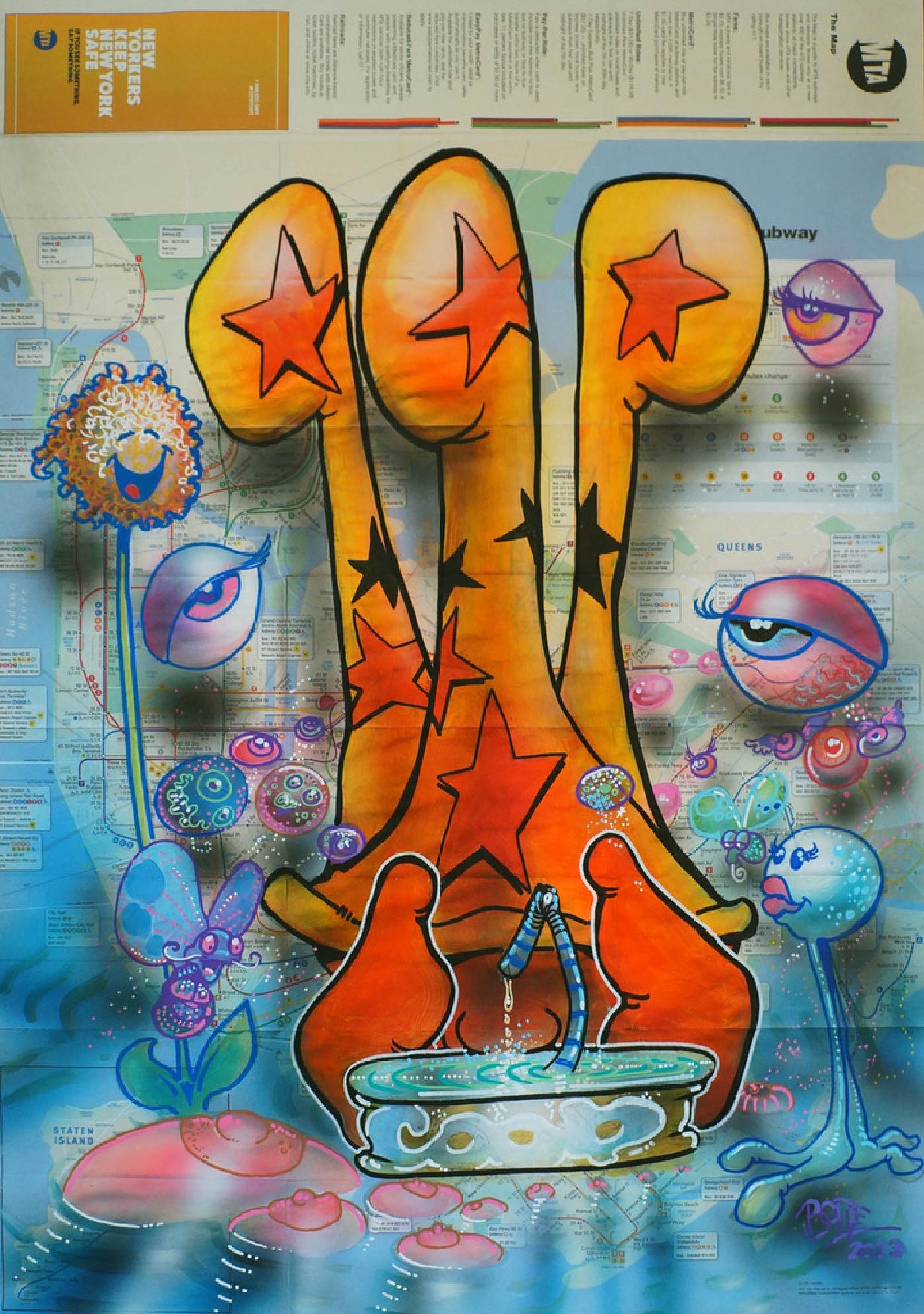
How would you like the audience to perceive your work and the impact you have had on Molitor as a curator of the pop-up exhibitions you have organized?
I would like it to be noted that we are indeed making an effort to bring art closer to both a local and international audience, and that we present a heterogeneous and high-quality selection of artists.
I would also like to convey the idea that we are giving the opportunity to artists worldwide to present their work in Paris, and to this Parisian public, so eager for art and so demanding at the same time. And, in short, we participate so that the artistic soul of this mythical space continues to live!
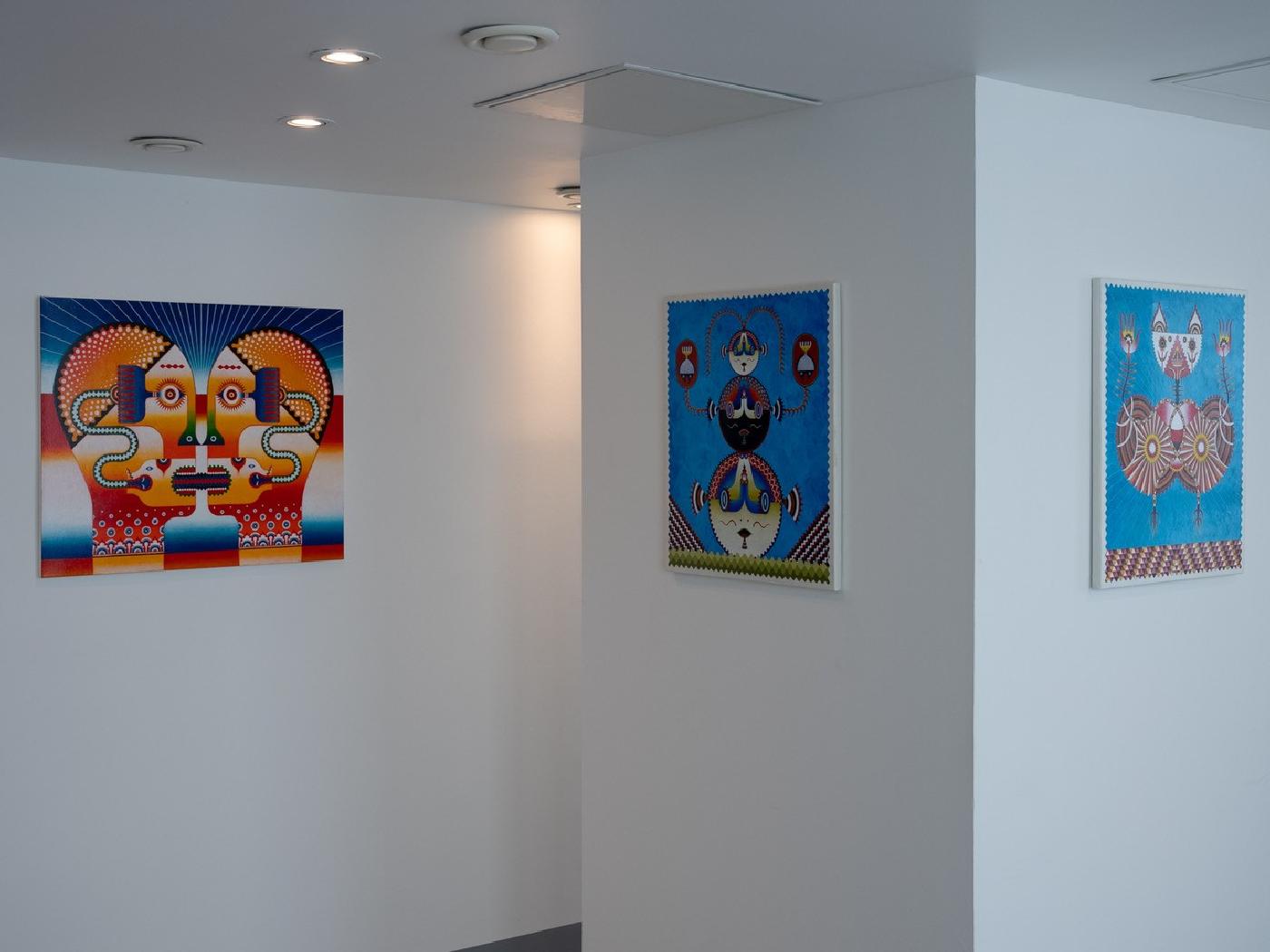
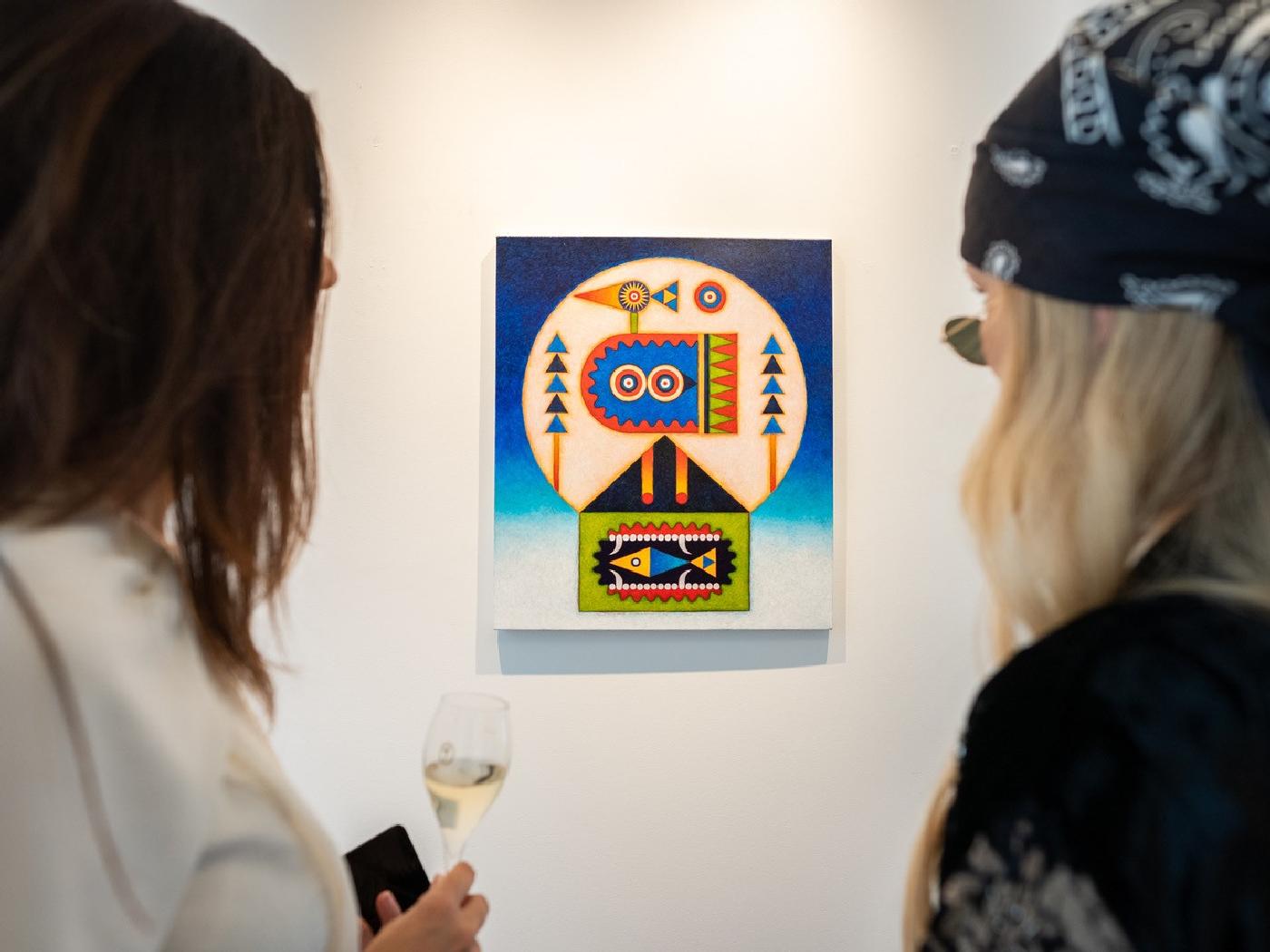
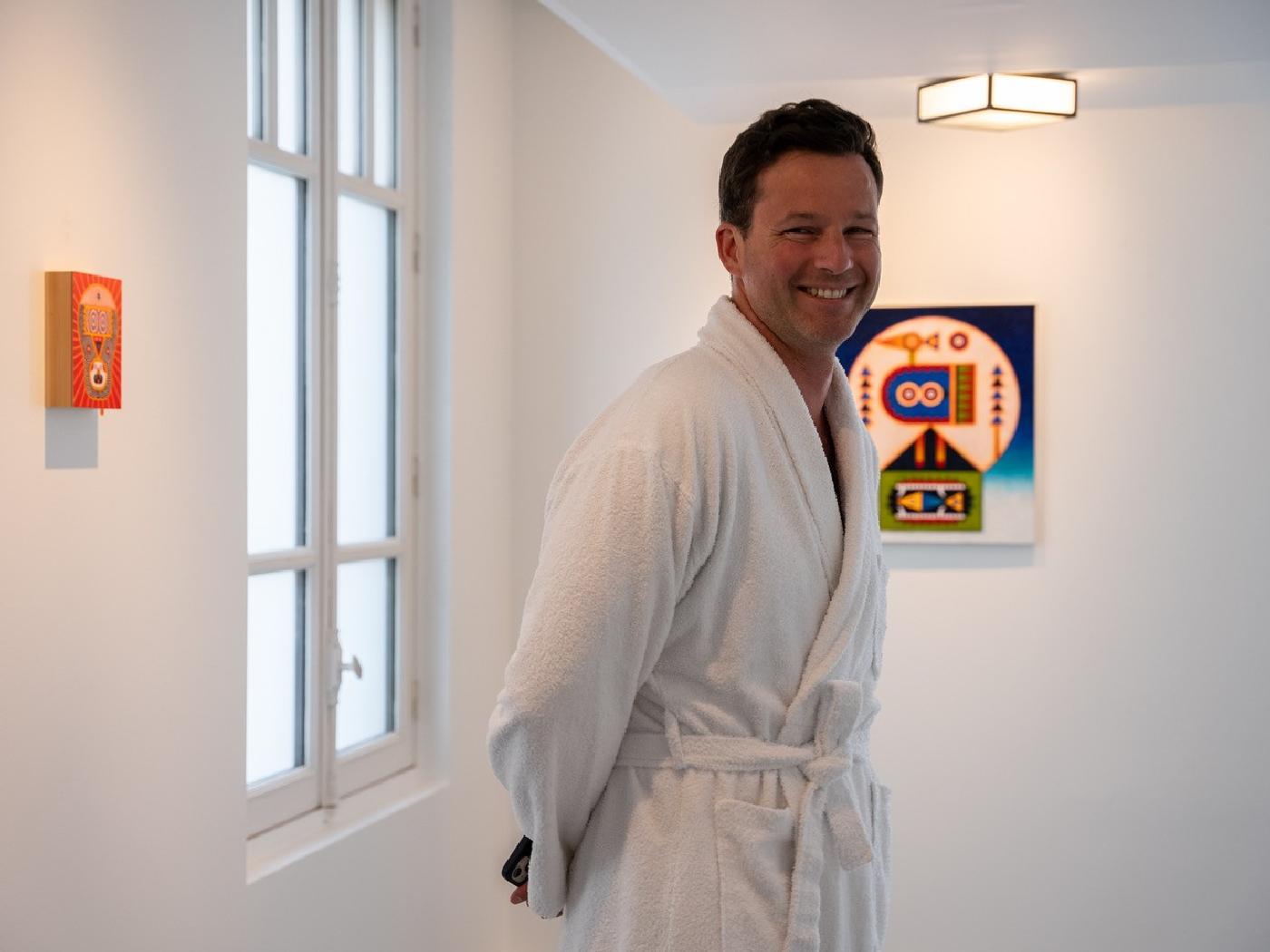
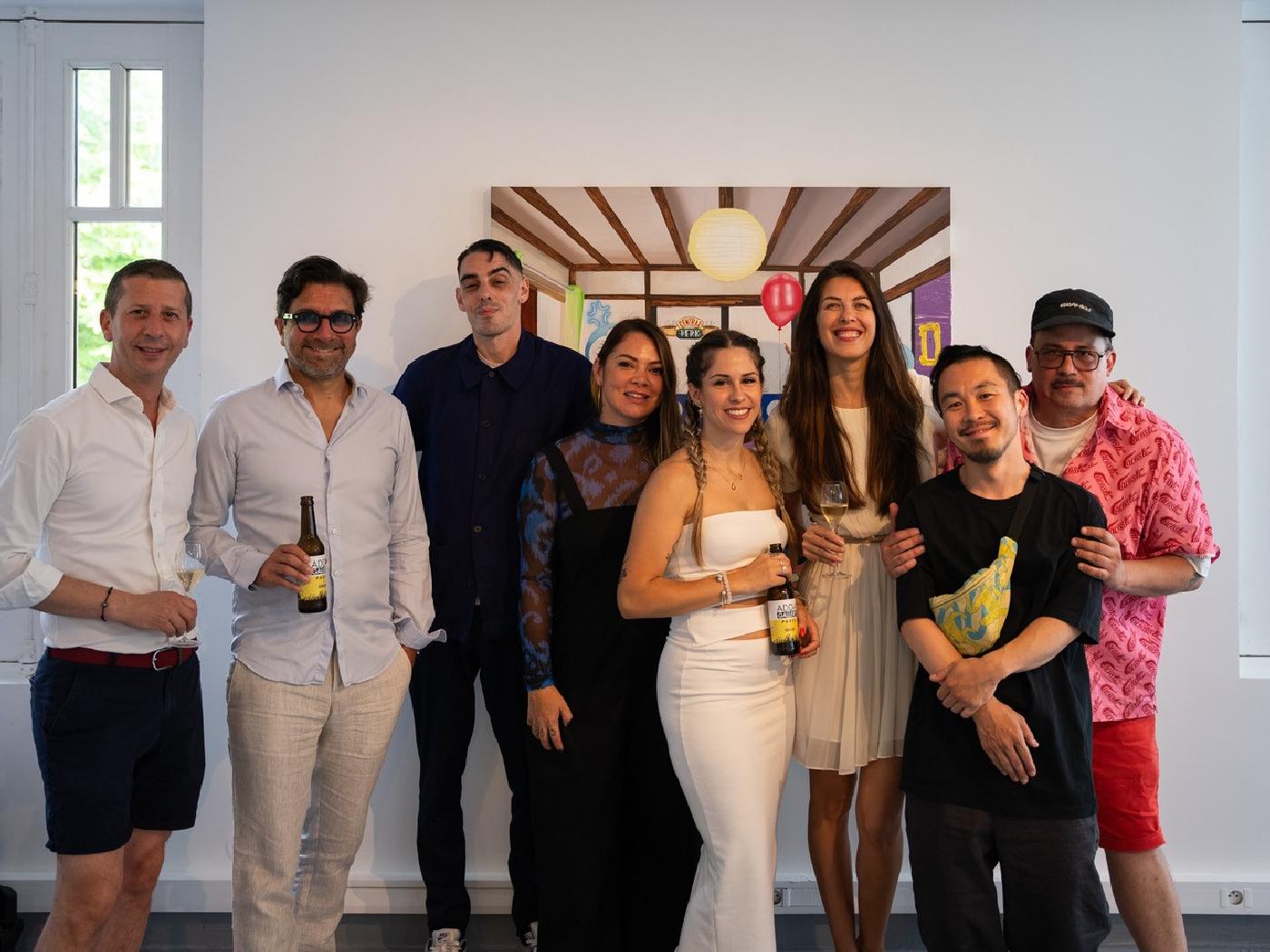
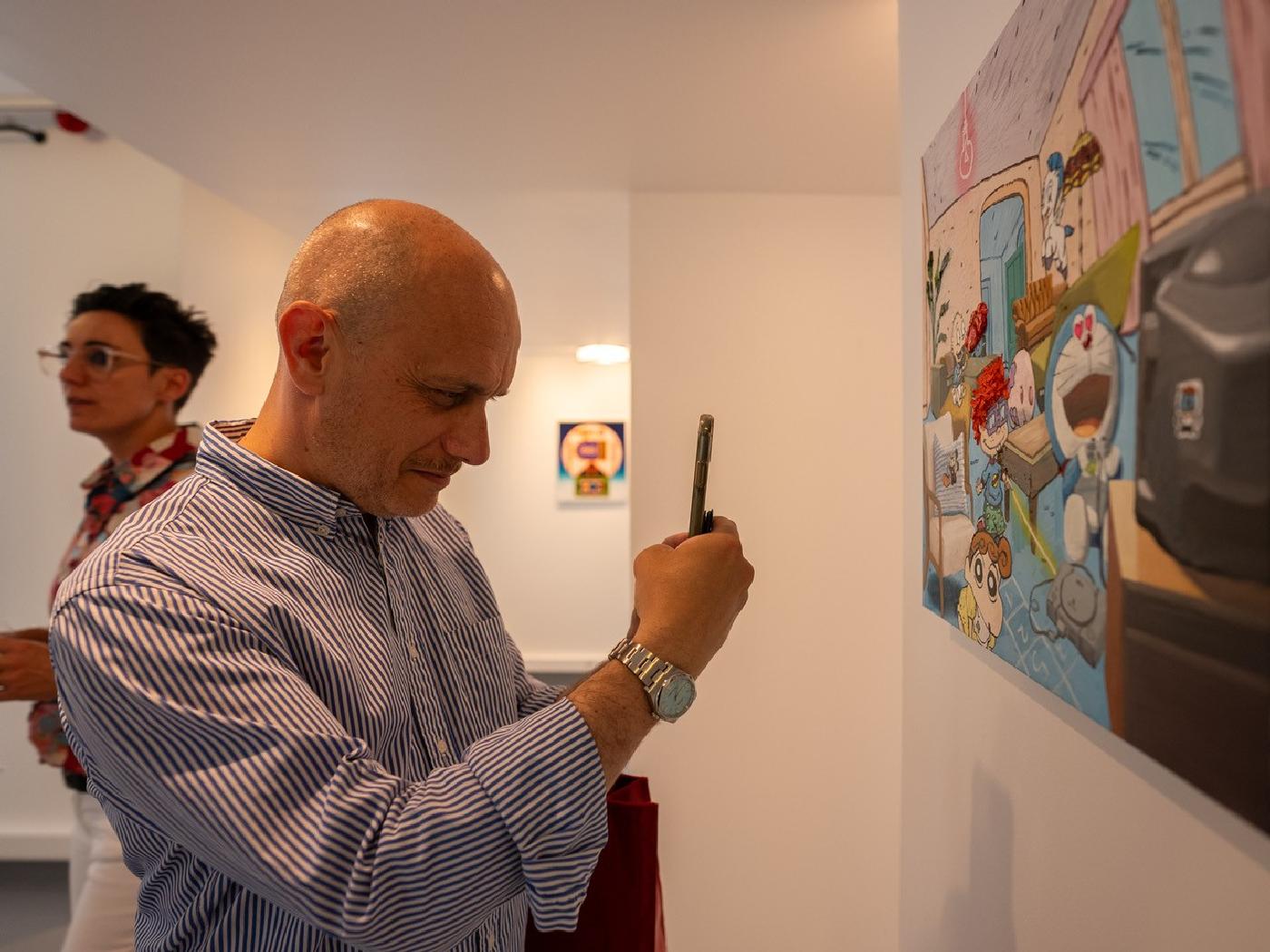
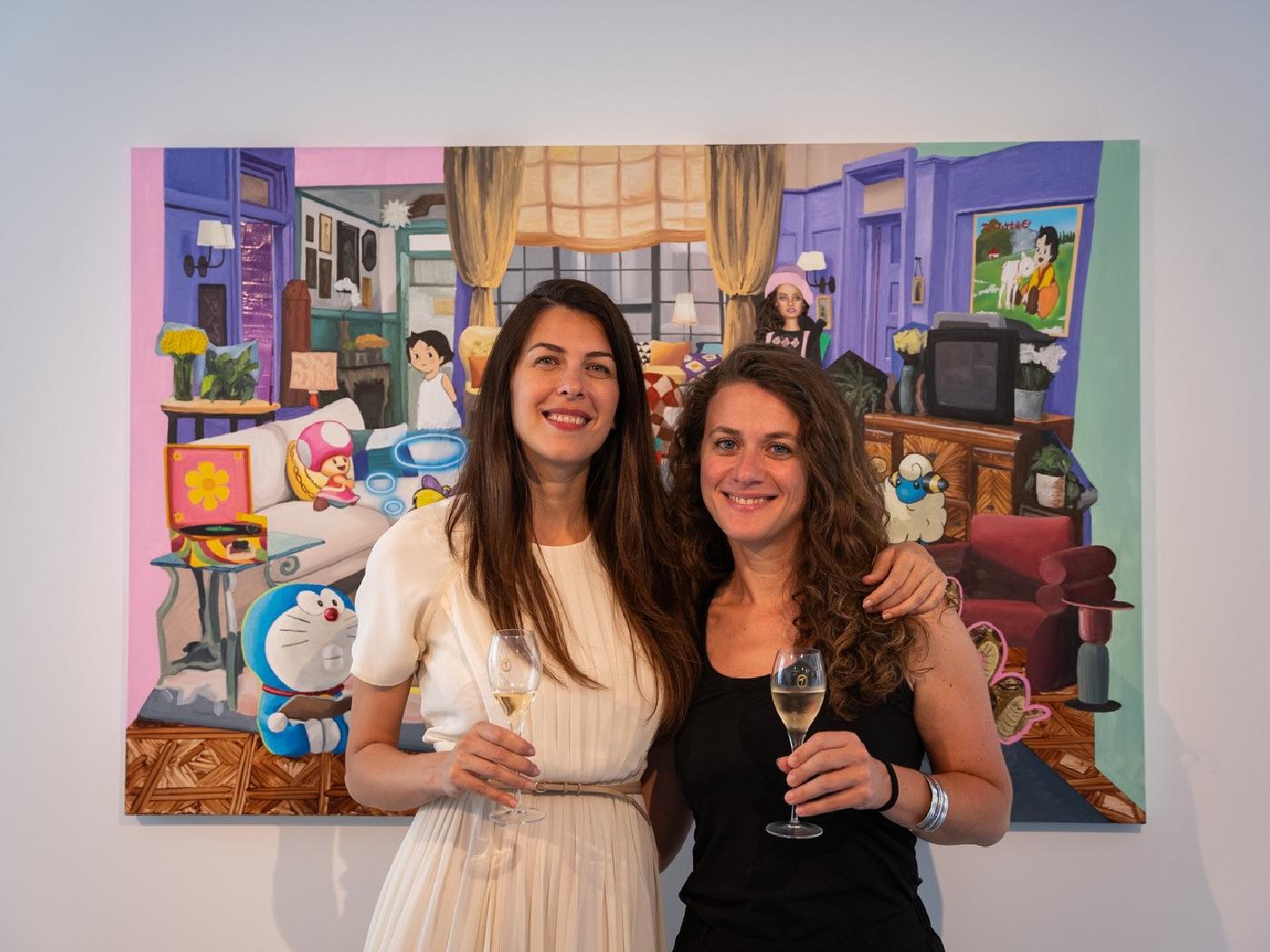
Image credits: Molitor Hotel, Nicolas Giquel, Chrixcel, Thomas Jorion, Mark Bodé, Logan Hicks, Sylvia Randazzo, Anna Dimitrova, Marc Mascort i Boix.
ShareJanuary 03, 2024
